ה׳ אב ה׳תשפ״ד | August 8, 2024
Longtime Dutch Shliach Memorialized at Shul Naming
Jews from all parts of the Netherlands came together to honor Rabbi Yitzchak Vorst, the first shliach who served for more than 60 years until his passing last year. His shul in Amstelveen, an Amsterdam suburb, was renamed “Bais Yitzchak” in his memory.
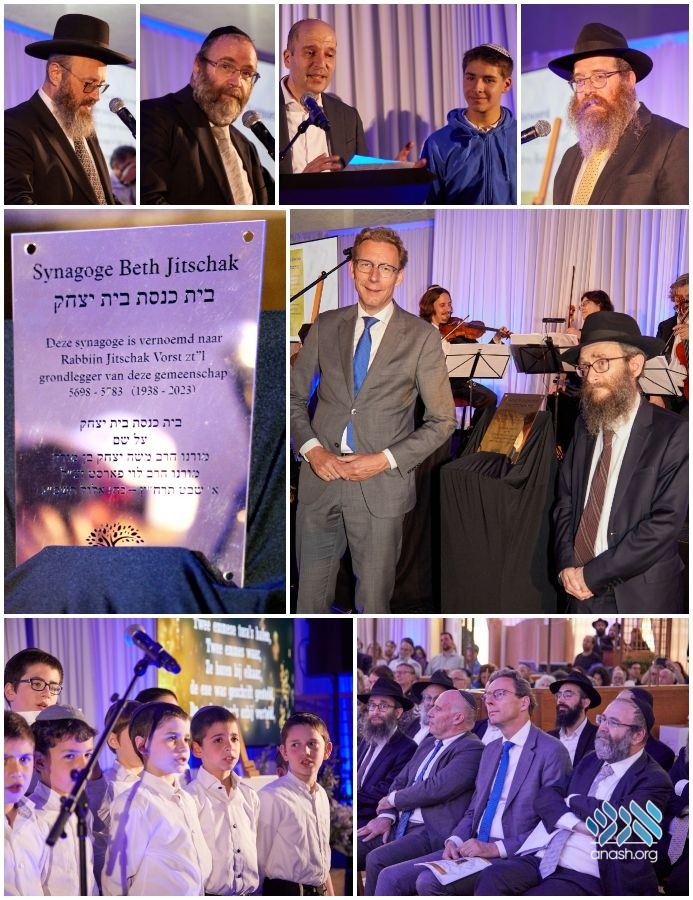
Jews from all parts of the Netherlands came together to honor Rabbi Yitzchak Vorst, the first shliach who served for more than 60 years until his passing last year. His shul in Amstelveen, an Amsterdam suburb, was renamed “Bais Yitzchak” in his memory.
By Avraham Denburg – Chabad.org
Jews from all parts of the Netherlands came together in Amstelveen last month to honor Rabbi Yitzchak Vorst, the first Chabad-Lubavitch emissary who served in the country for more than 60 years.
Vorst, who passed away in September of last year at the age of 85, established Chabad in the Netherlands in 1964, becoming a driving force in rebuilding Judaism in a community decimated by the Holocaust, which went from a pre-war Jewish population of 140,000 strong to just 30,000 when the war ended. In an evening of tribute held in Amstelveen in July, hundreds of those impacted by his life’s work gathered to see the synagogue where he served for so many years renamed in his honor.
Born and raised in pre-Holocaust Rotterdam, Vorst had a tumultuous early childhood, being rounded up with his family and sent first to the Westerbork transit camp, then Bergen-Belsen at the tender age of 5. Only he, his father and three siblings survived, returning to Rotterdam where his father served as chief rabbi from 1959 until emigrating to Israel in 1971.
In a 2021 article for Compass Magazine, Vorst shared that his father did not believe that Judaism had a viable future in the Netherlands, and encouraged people to move to Israel. Following his father’s advice, Vorst moved to Israel after receiving his engineering degree. It was there that he enrolled in a Chabad yeshivah and began the first of many guiding correspondences with the Rebbe, Rabbi Menachem M. Schneerson, of righteous memory.
At the Rebbe’s behest, shortly after getting married in 1963, Vorst moved to Amstelveen, a suburb of Amsterdam, to serve the Jewish community there.
“He had a very respectful approach,” says Rabbi Mendel Katzman, youth director of Chabad at the Hague. “He wasn’t coming to steamroll everyone into becoming Chabad; his mission was to advance practical Judaism and the teachings of Chassidus as much as possible, seizing every opportunity to do so.”
Katzman, a grandson of Rabbi Vorst, adds that he made efforts to keep Dutch Jewish traditions alive, like their unique Hebrew pronunciation and traditional tunes.
Teaching Dutch Customs in Exchange for Torah Lessons
According to Carry Polak, who spoke at the July event, Rabbi Vorst “uplifted everyone.” Polak, one of his first congregants, says that their first meeting was “by chance.” She says that she was sent by the community to bring a care package to the newly transplanted Mrs. Vorst, who had recently given birth.
During her visit, she connected with Rabbi Vorst, sharing similar experiences as child survivors of Bergen-Belsen. Talking further, they discovered that her father had passed away in the camp in the same week as his mother.
Polak chuckles that she saw the newborn baby wrapped in cotton wool, and after questioning Mrs. Vorst—who was born and raised in the Soviet Union—was told this was how they dressed babies in Russia. Polak then offered a deal: teaching the Dutch way of childcare in exchange for lessons about Judaism. The relationship between the Vorsts and Polak family flourished, with Polak often helping out with errands and the family, at one time even driving Mrs. Vorst to the hospital to give birth.
‘How Fortunate Are We’
The dedication came together when Rabbi Naftali Groenewoudt—Vorst’s successor after he stepped back from official pulpit duties in the early 2000s—approached the family with the idea of naming the synagogue after their father.
Groenewoudt, who grew up in the community after moving there with his parents at a young age, had a close relationship with Vorst, studying Torah together with him often. After the family took some time to decide on a name, and, realizing it would coincide with the 3 Tammuz, the anniversary of the Rebbe’s passing, they decided to combine the two: an event in his honor and the leader who sent him.
Inspiring the theme of the event was the late rabbi’s deep connection to niggunim, Chassidic melodies. Vorst’s first exposure to Chabad as a young man came from a record of melodies given to him by Daniel—later Professor Daniel—Meijers, a young Jewish man in Rotterdam who’d just begun his own journey of becoming a Lubavitcher Chassid. Vorst’s love of niggumin would continue throughout his life, and he later composed dozens of Jewish children’s songs in Dutch.
Of all niggunim, he had a special affinity for the tune and the meaning of Ashreinu, a melody which takes its lyrics from the morning prayers, meaning “how fortunate are we.”
The melody, which has a few different tunes, and made such an impact on his life, became the theme of the event, representing different stages of the rabbi’s life. A particularly moving story was shared from the Holocaust book Star Children, by Clara Asscher-Pinkhoff, in which she describes a scene in the Westerbork transit camp. A little boy had walked into one of the rooms, singing Ashreinu, as the adults stared puzzlingly, wondering if they really could have good fortune in this horrible place. Spontaneously, one of them picked up the little boy and started to dance, eventually causing everyone to join in. That little boy? Rabbi Vorst.
After musical performances by a children’s choir and a string quartet, the event concluded with an appearance by the Mayor of Amstelveen, Tjapko Poppens, who unveiled the plaque with the new name, Bais Yitzchak.
“The event was huge,” said Rabbi Groenewoudt. “Filled with incredible insights into the life of Rabbi Vorst and his contributions to Judaism in the Netherlands, it was truly special.”
Mrs. Polak, who flew in to attend from Israel, where she now resides, also gushed about the event. “Rabbi Vorst influenced unbelievable amounts of people, giving them each a touch of Judaism,” she said. “No mitzvah was too small, and that’s what made him so great.”

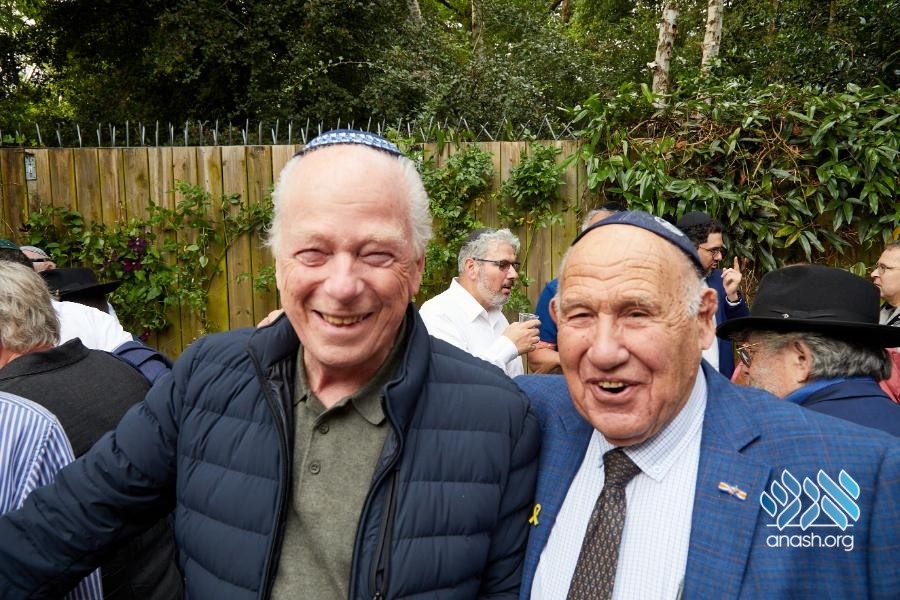
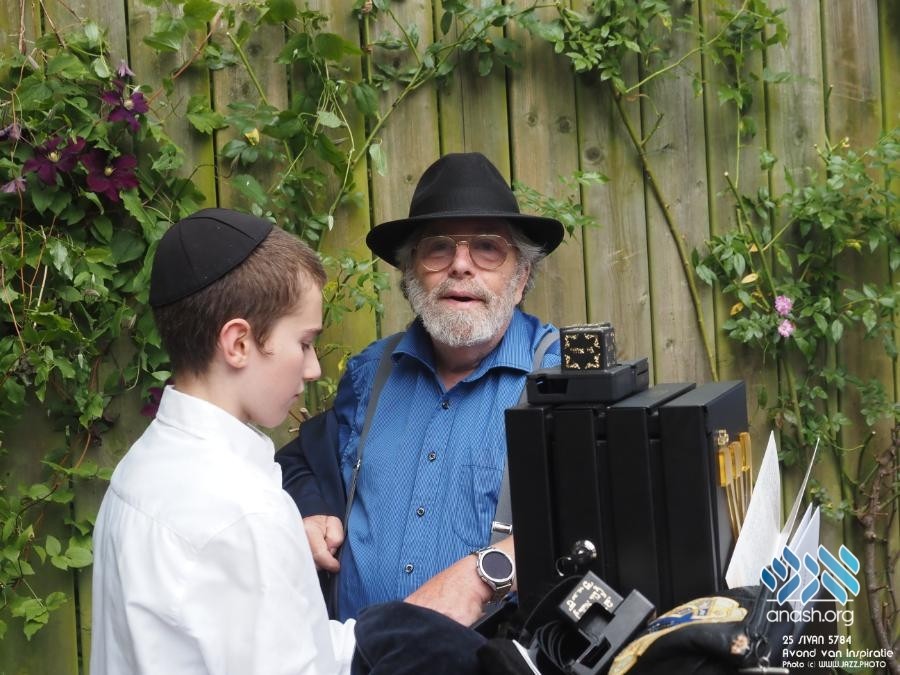
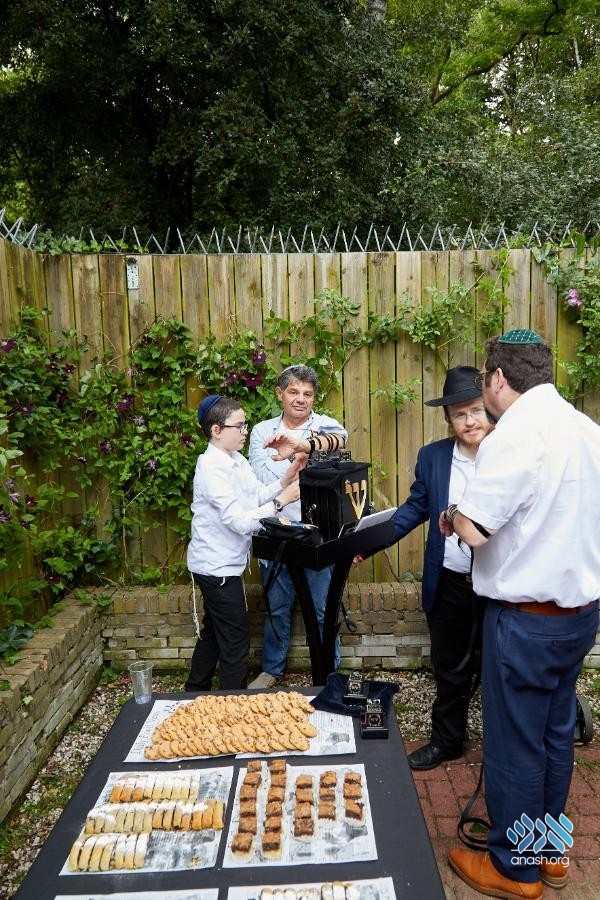
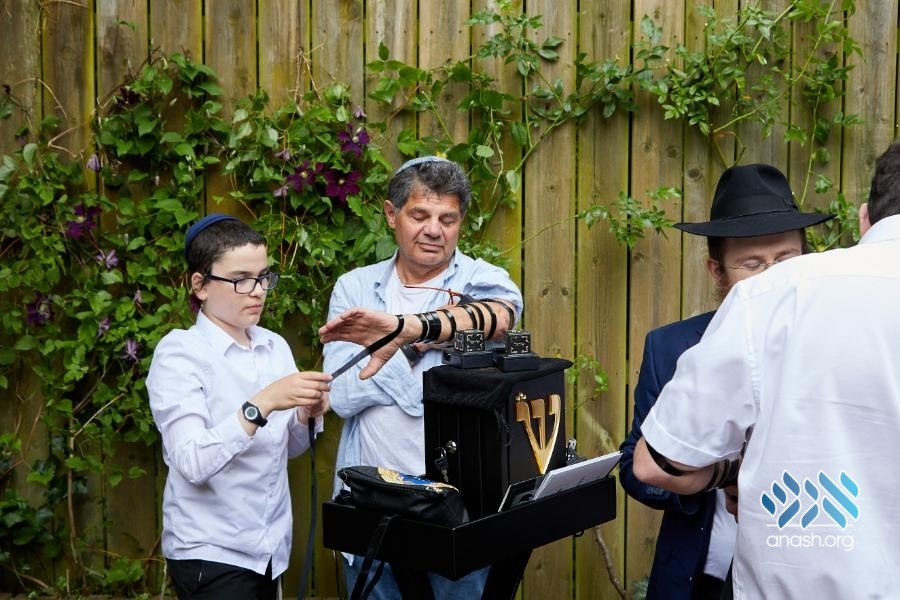
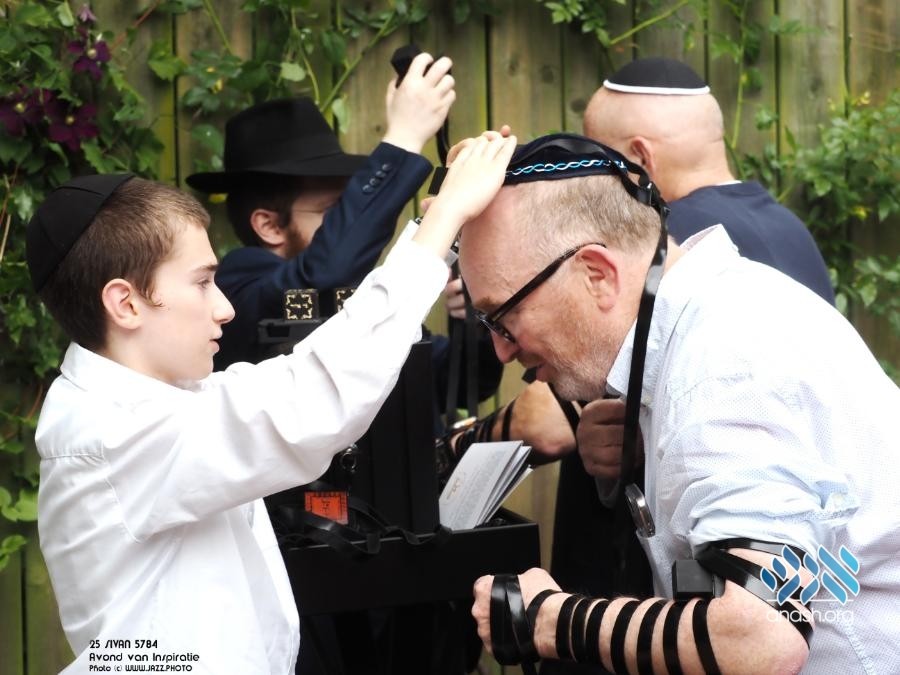
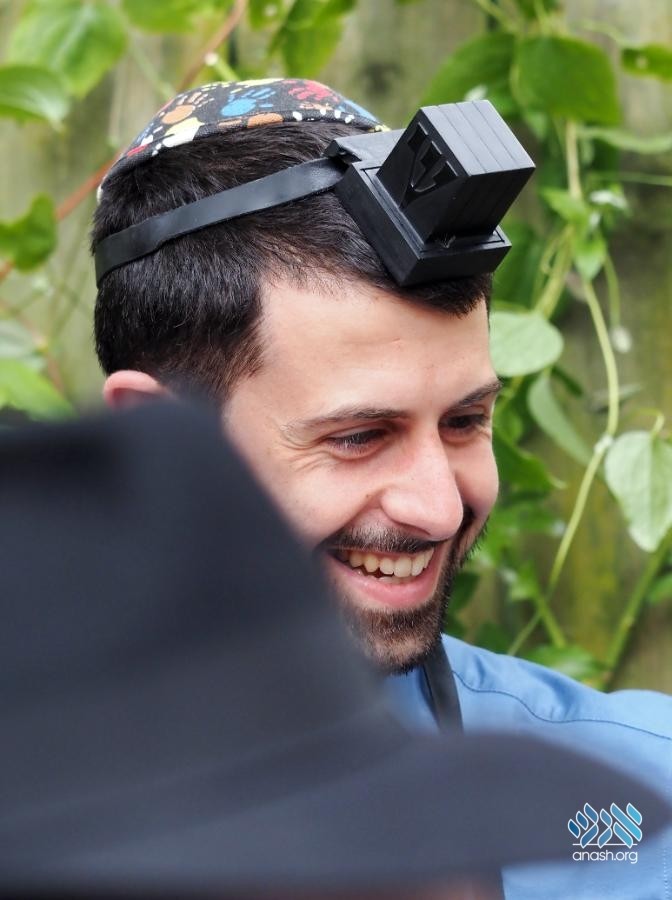
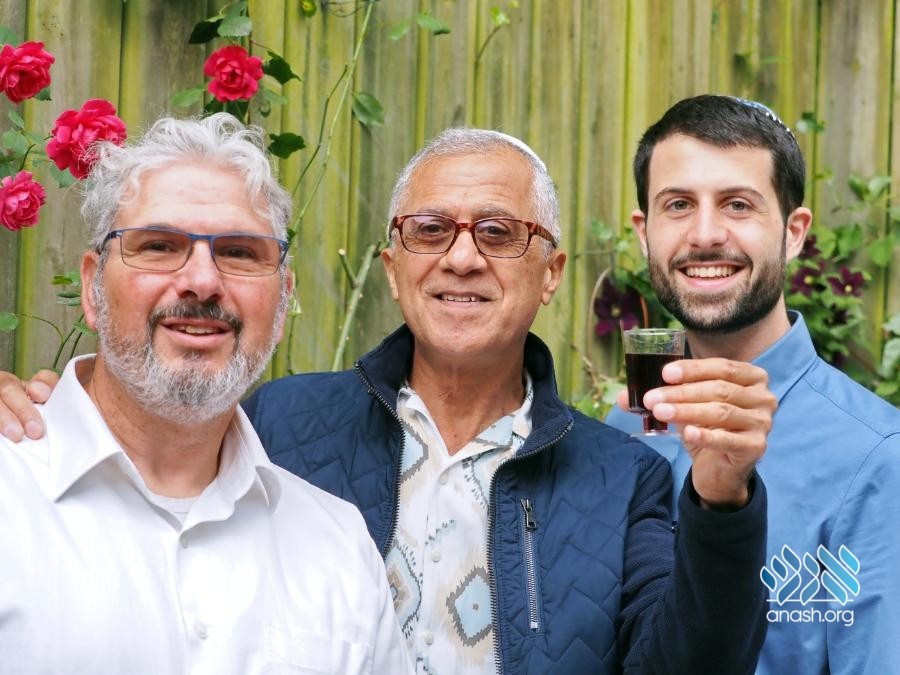
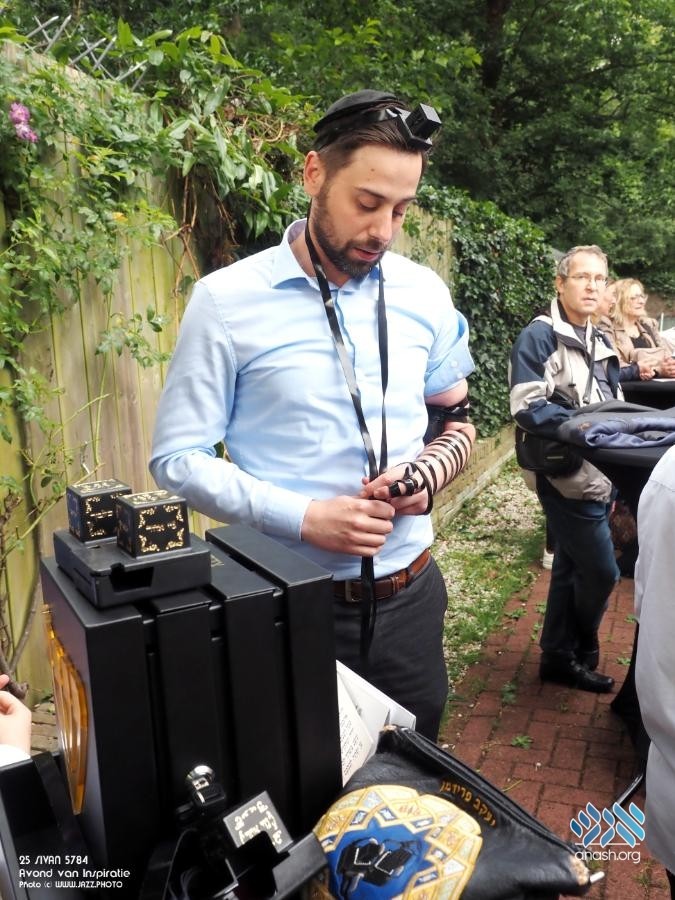
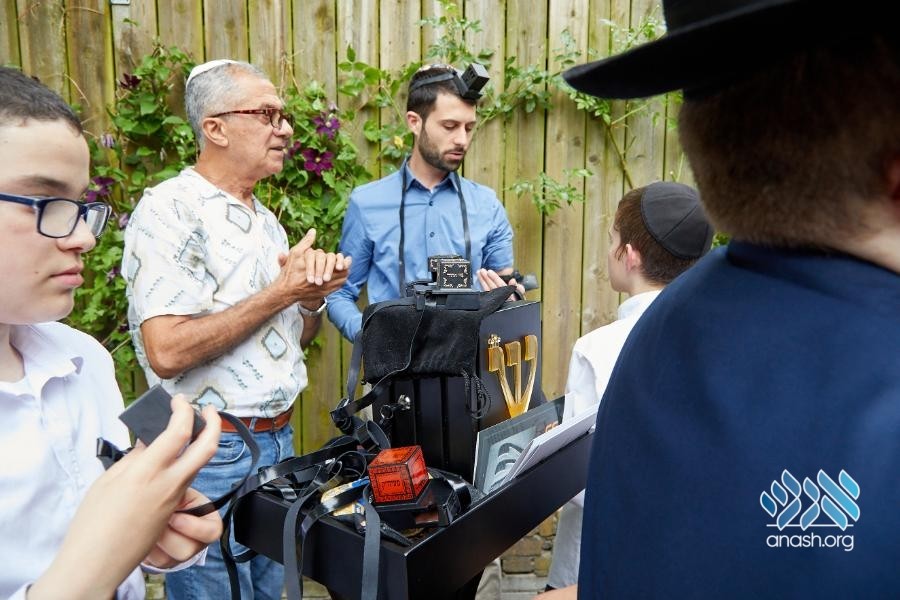
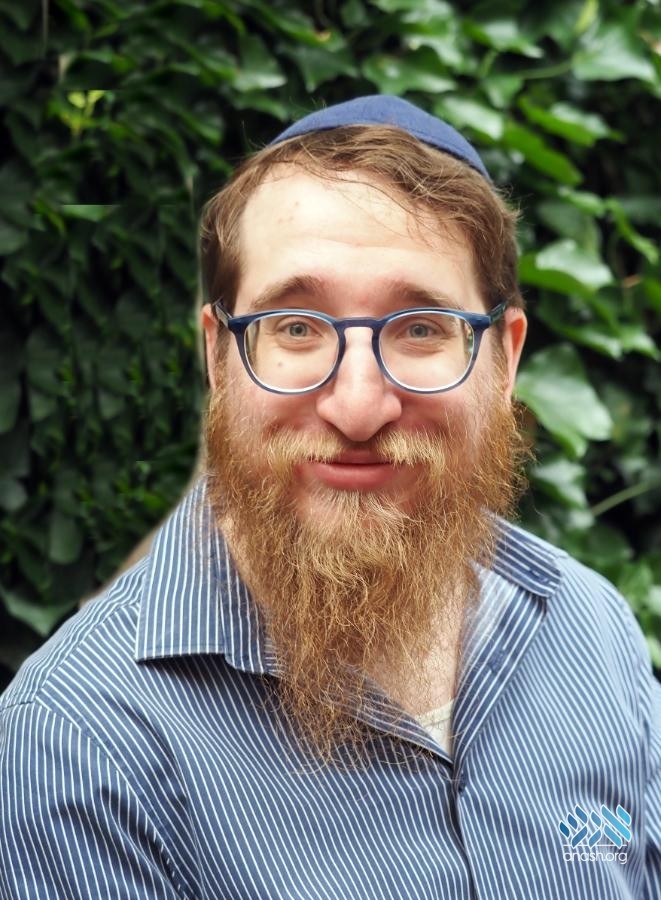
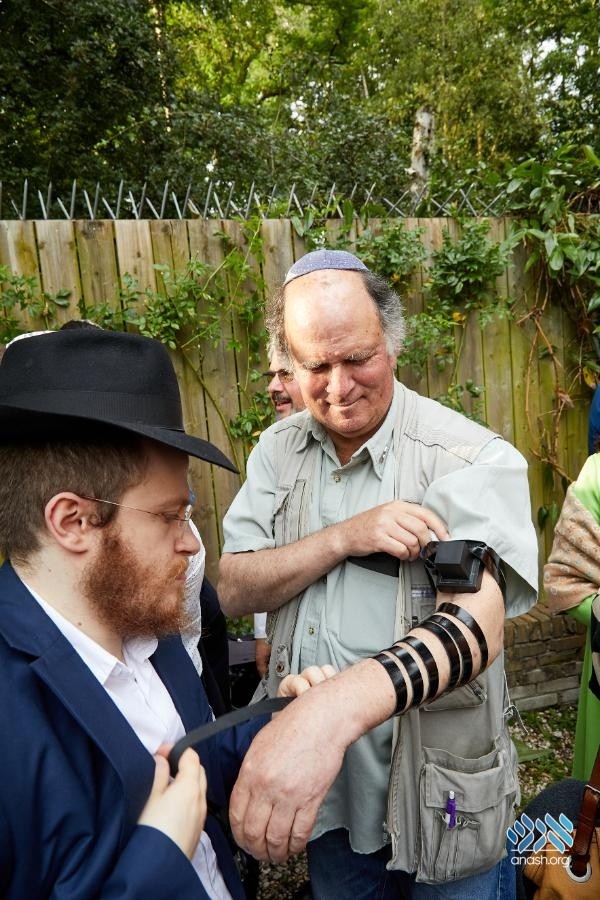
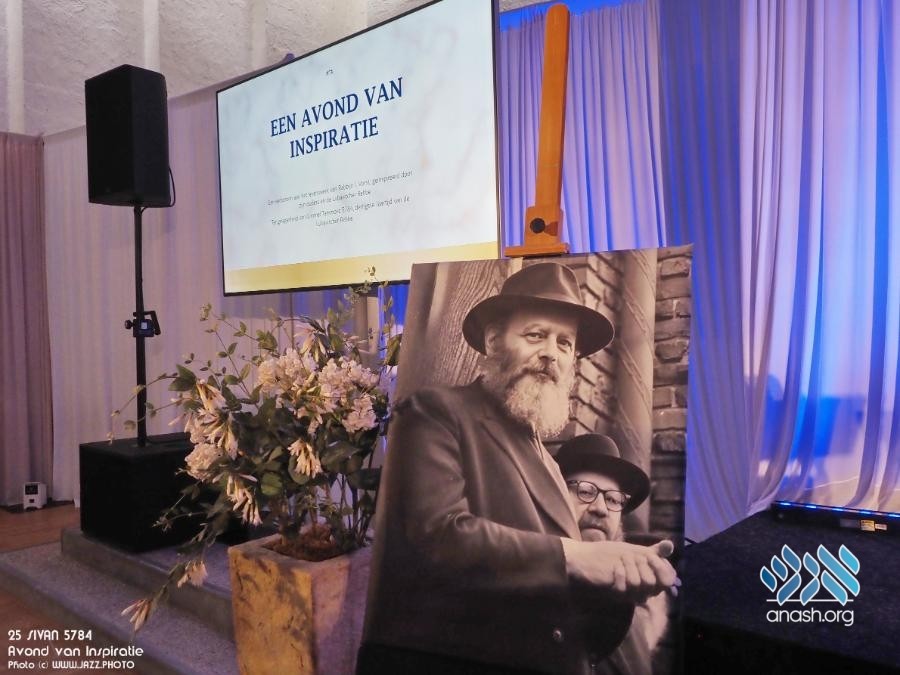
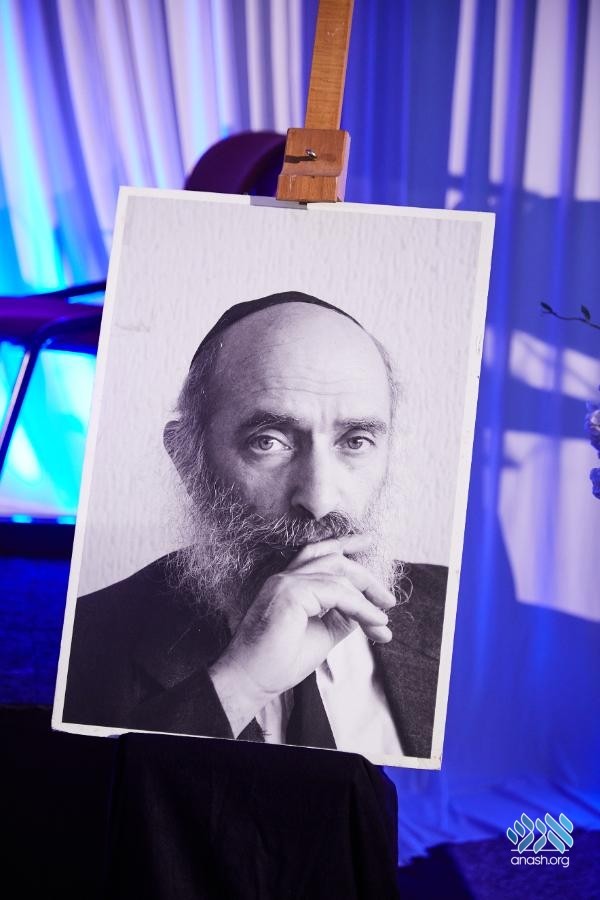
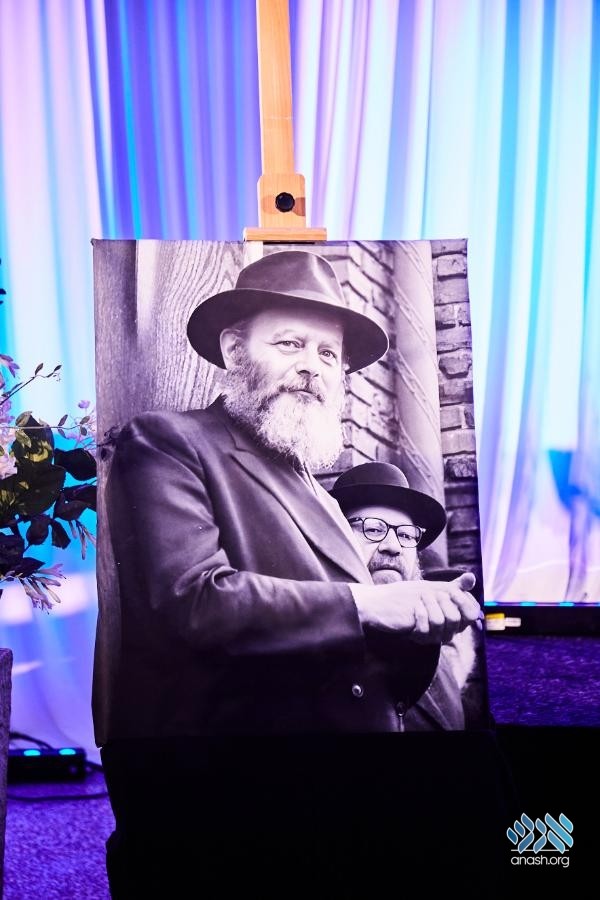
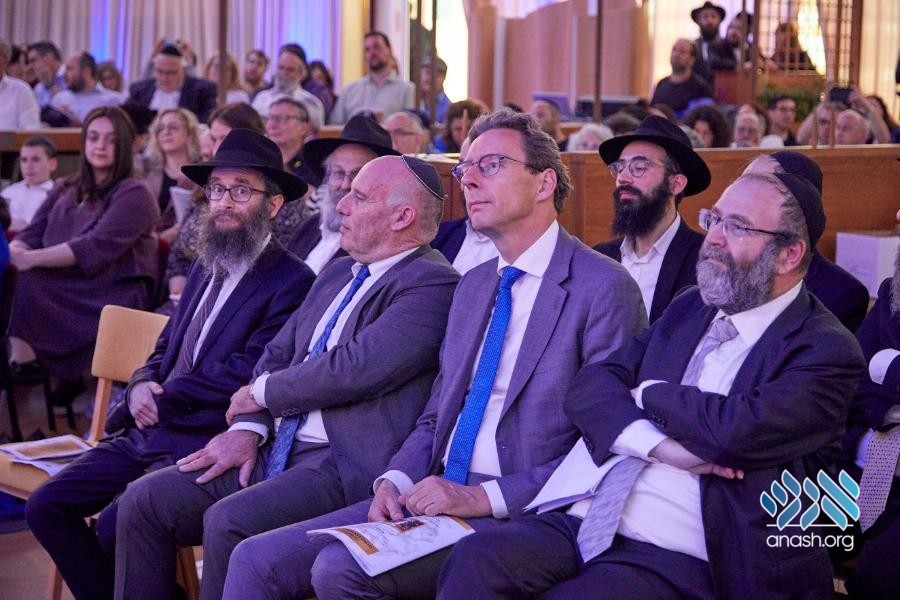
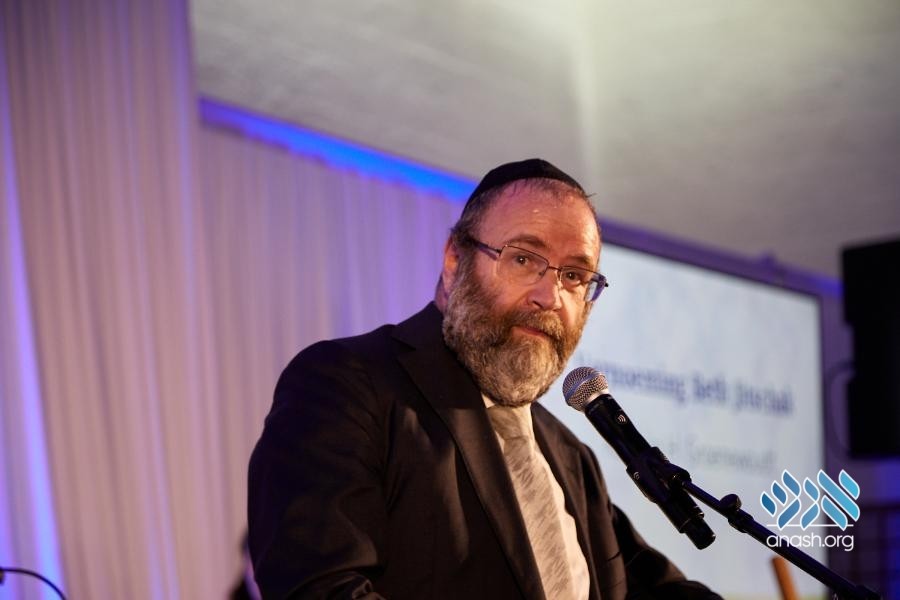
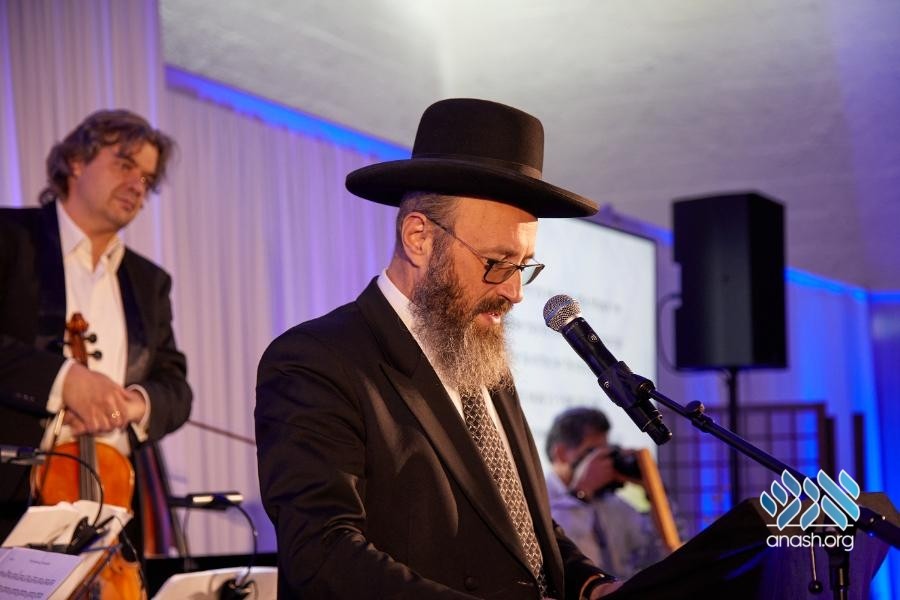
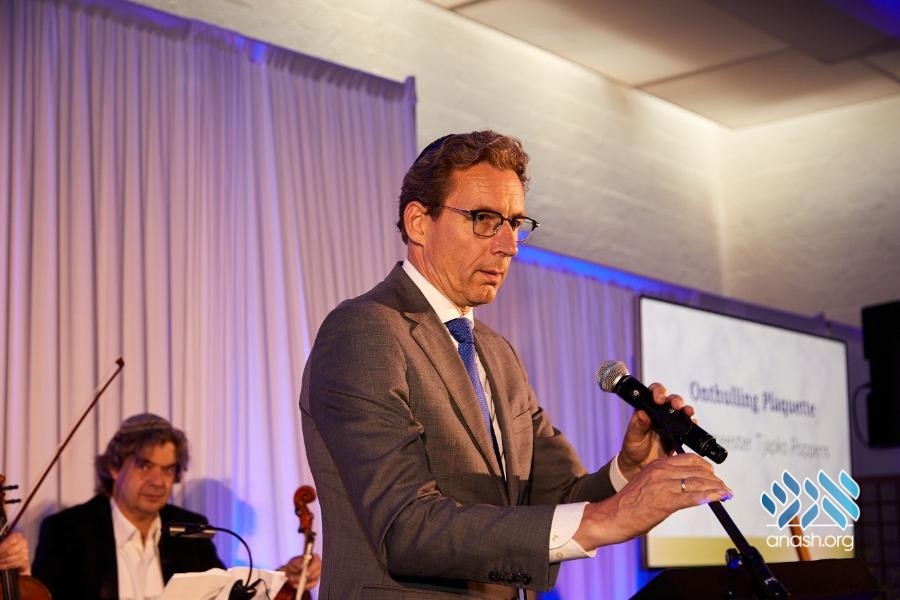
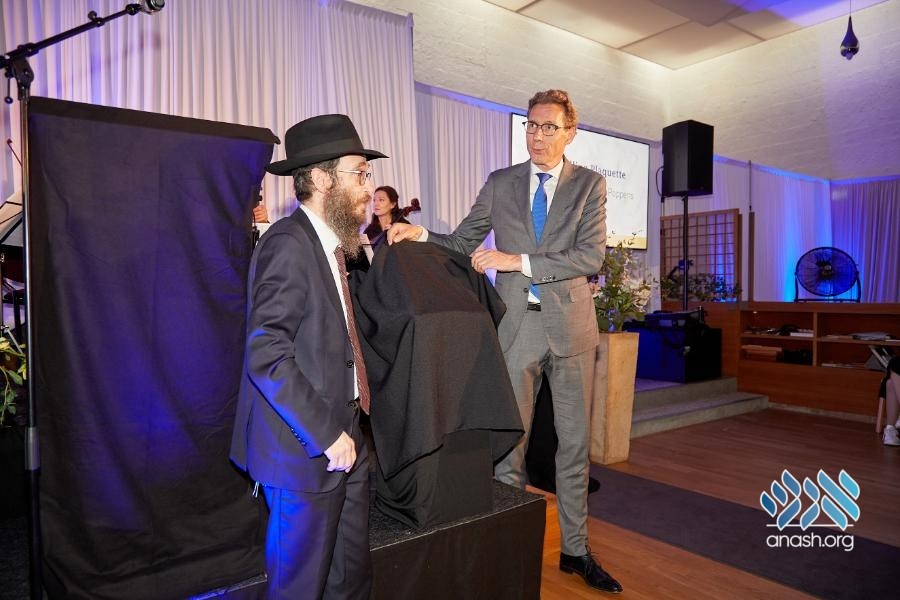
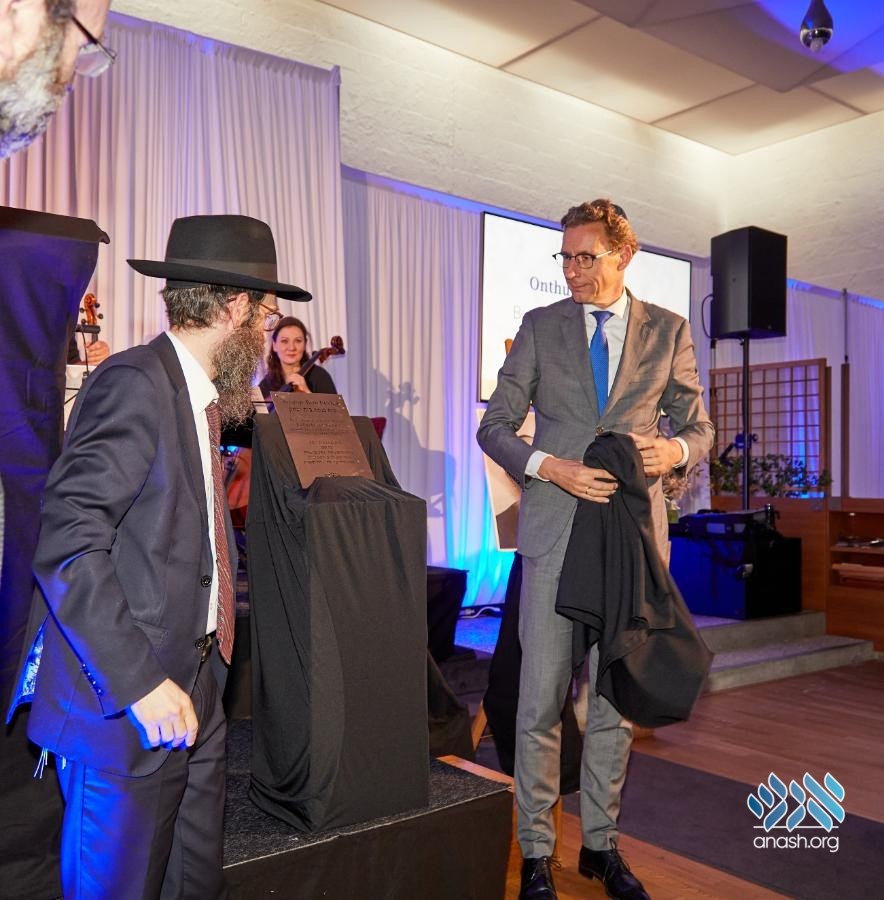
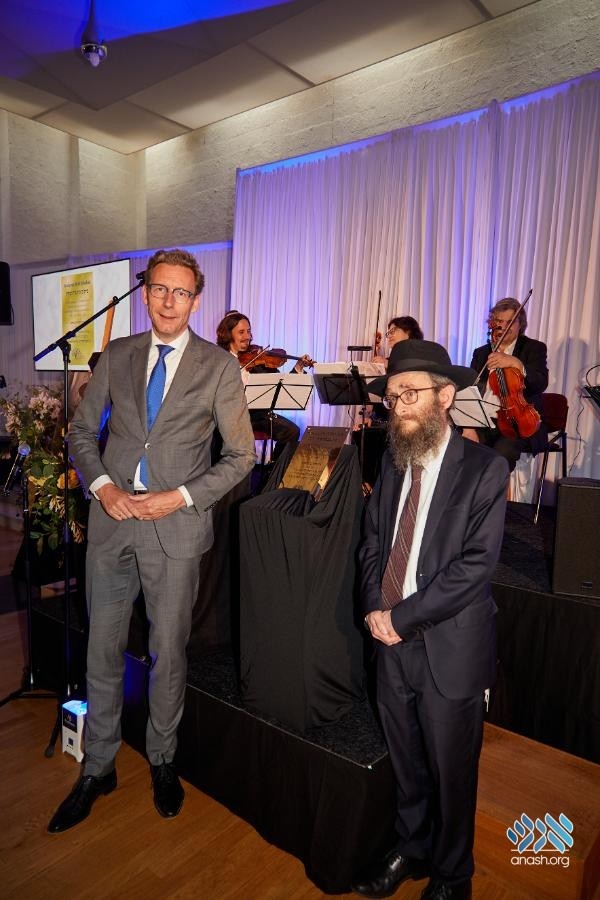
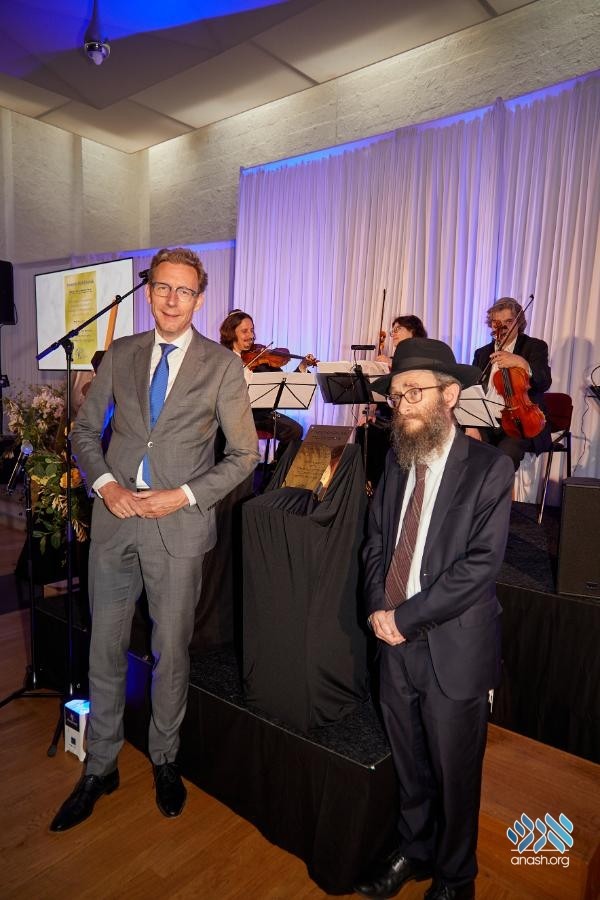
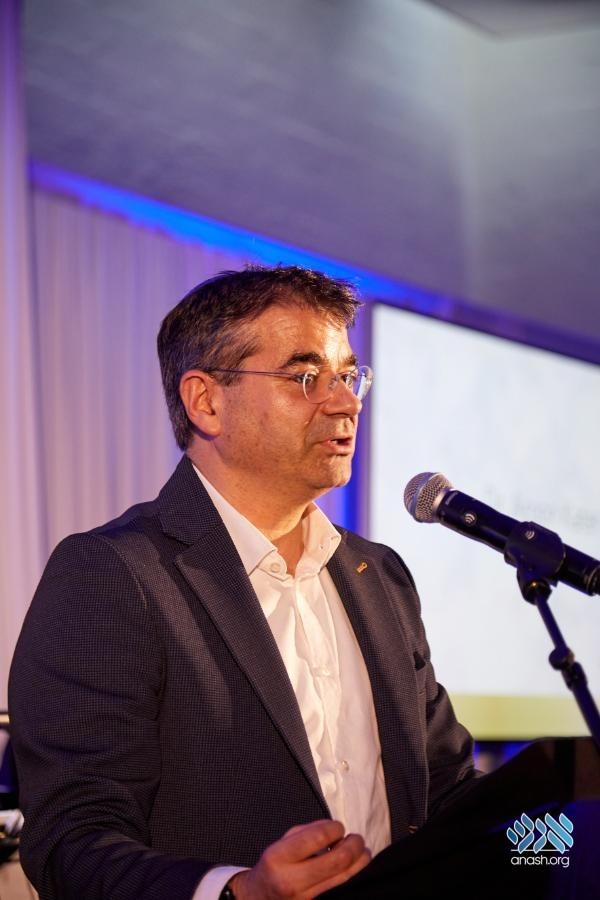
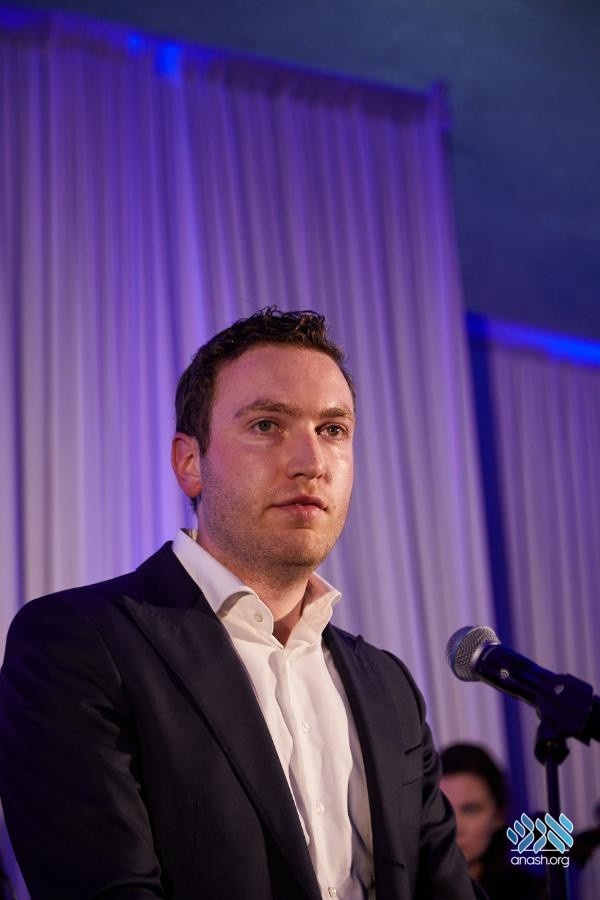
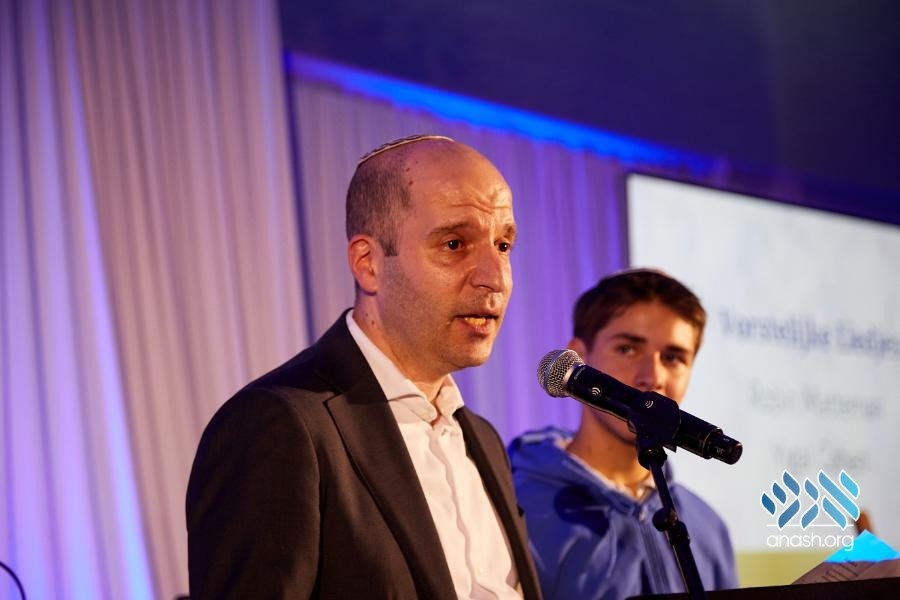

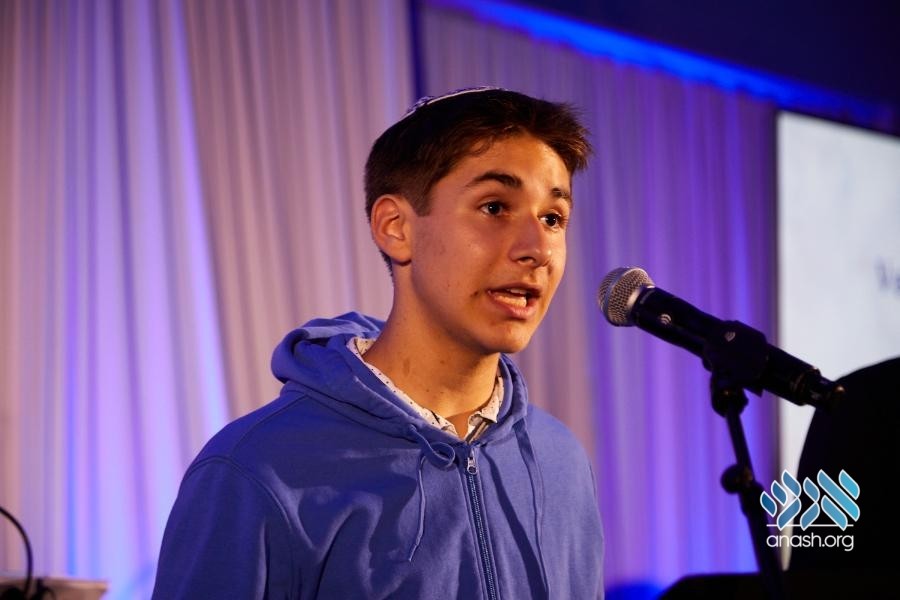
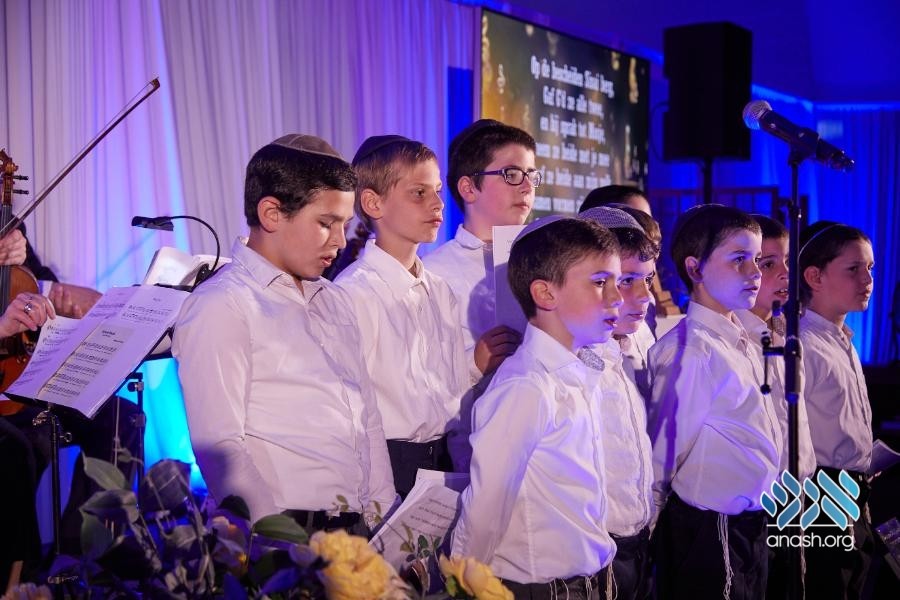
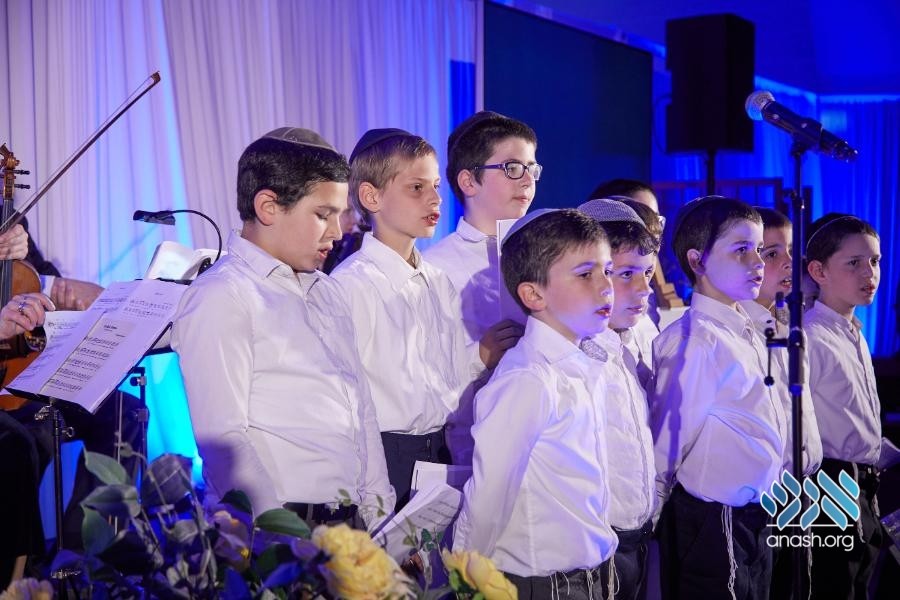
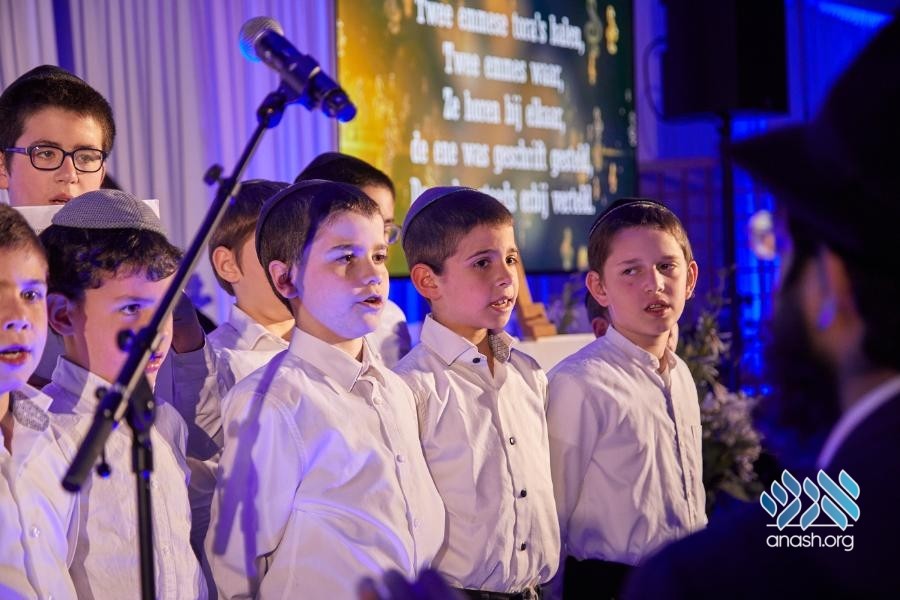
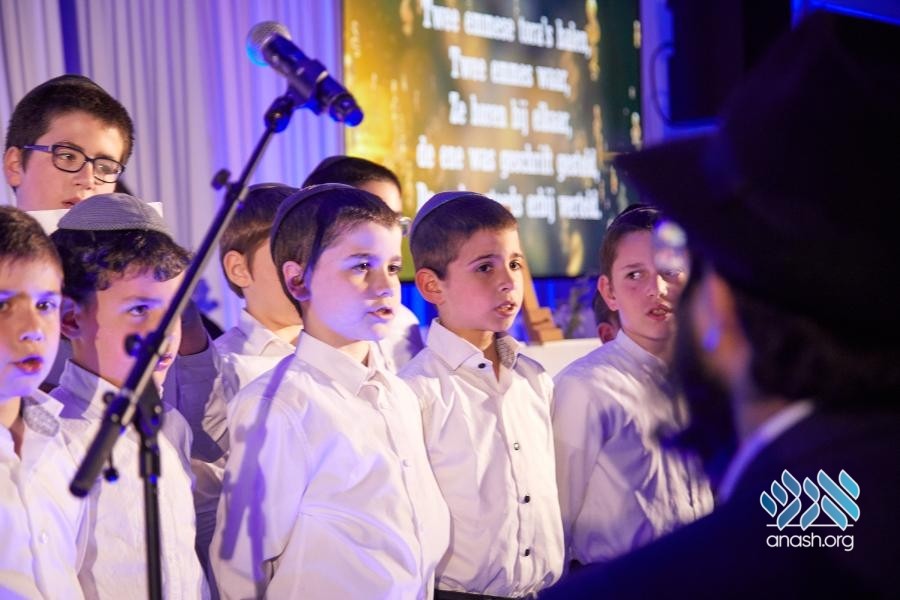
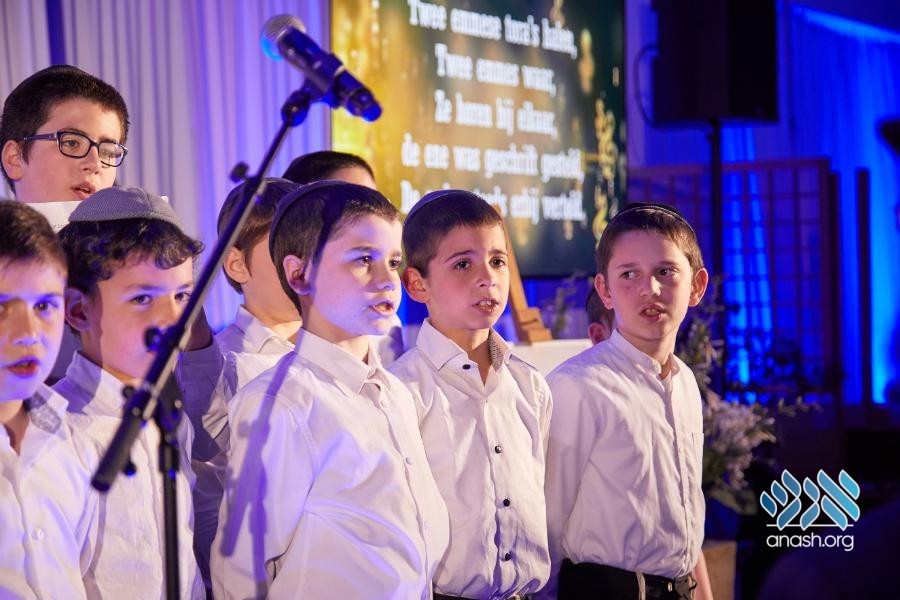
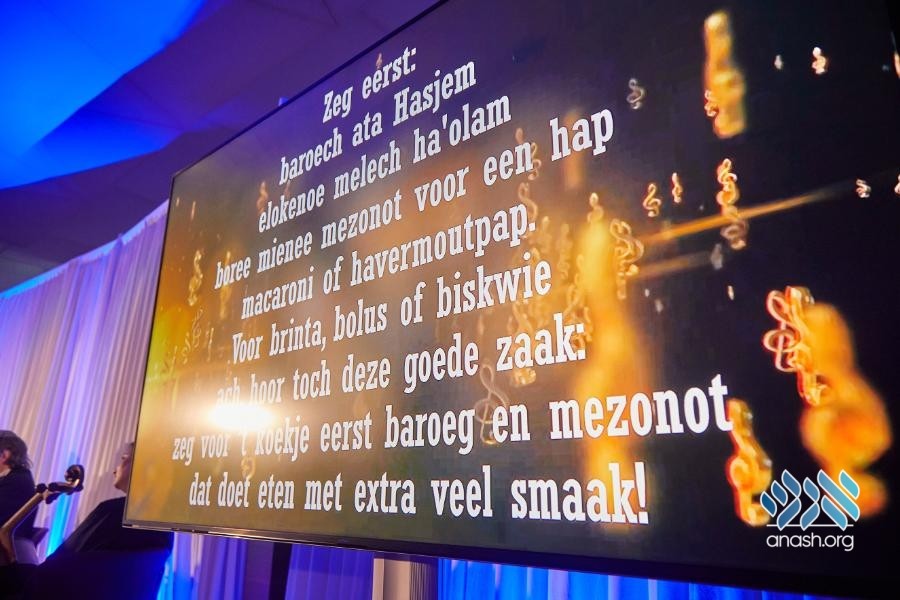
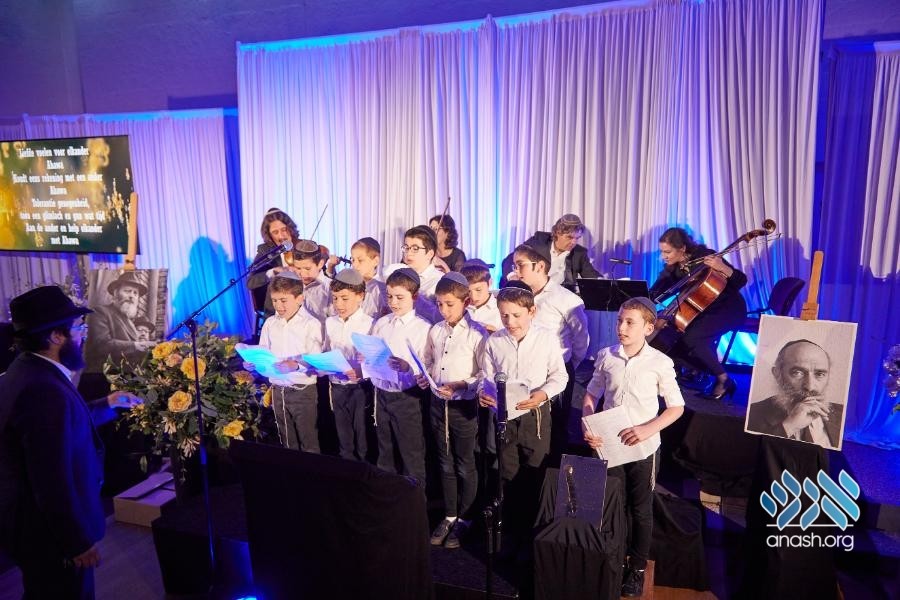
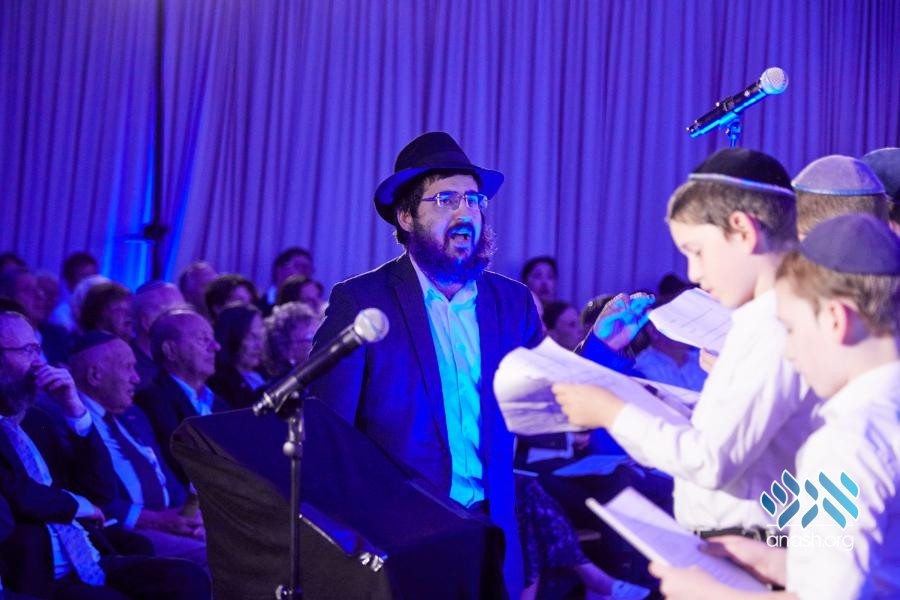
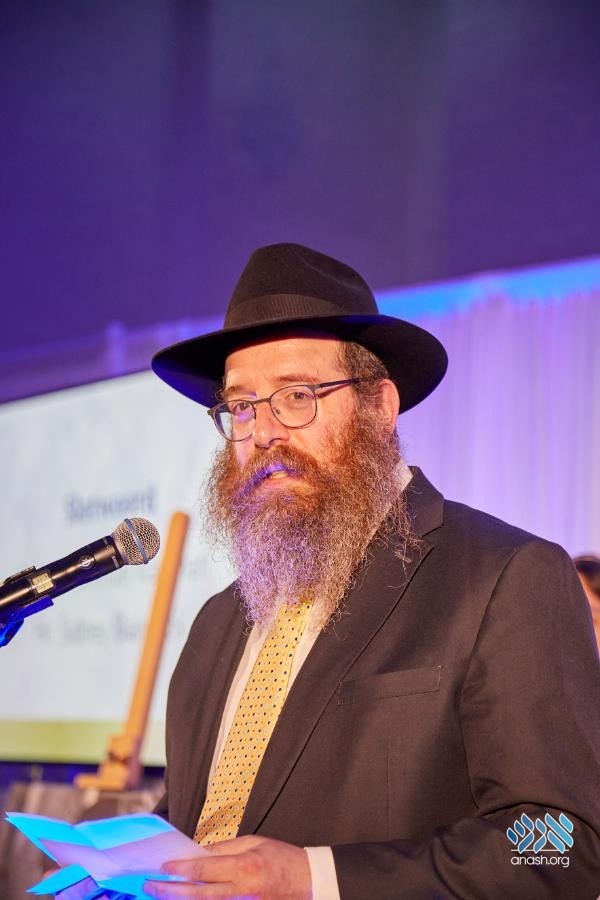
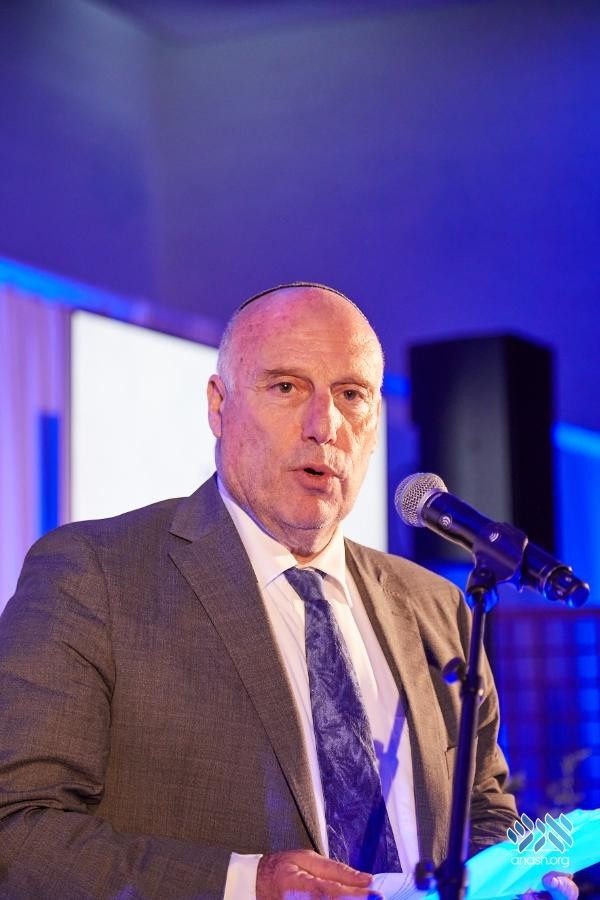
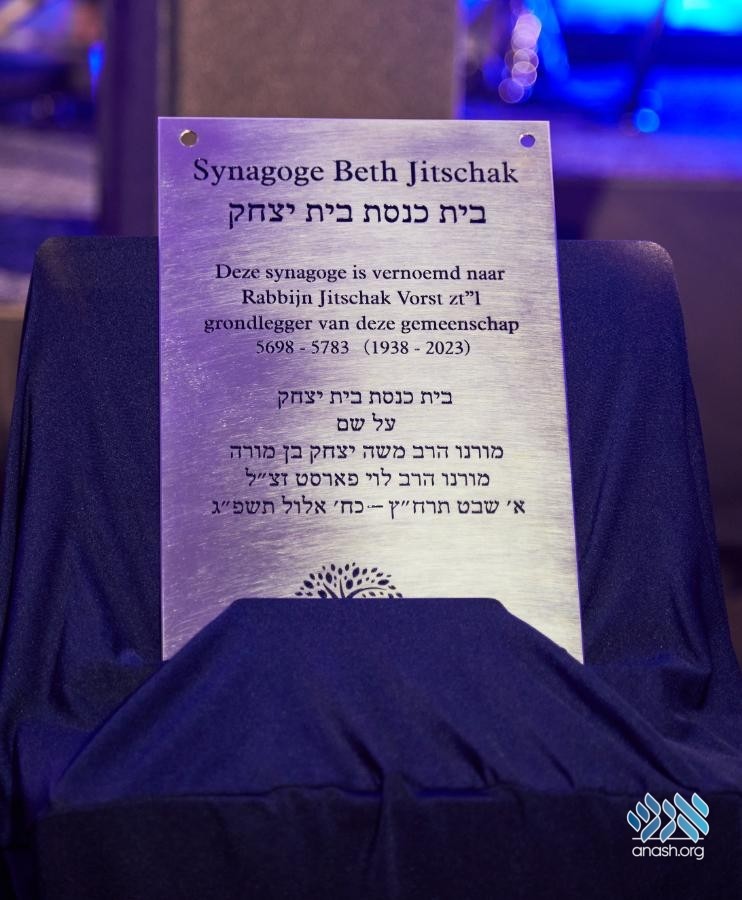
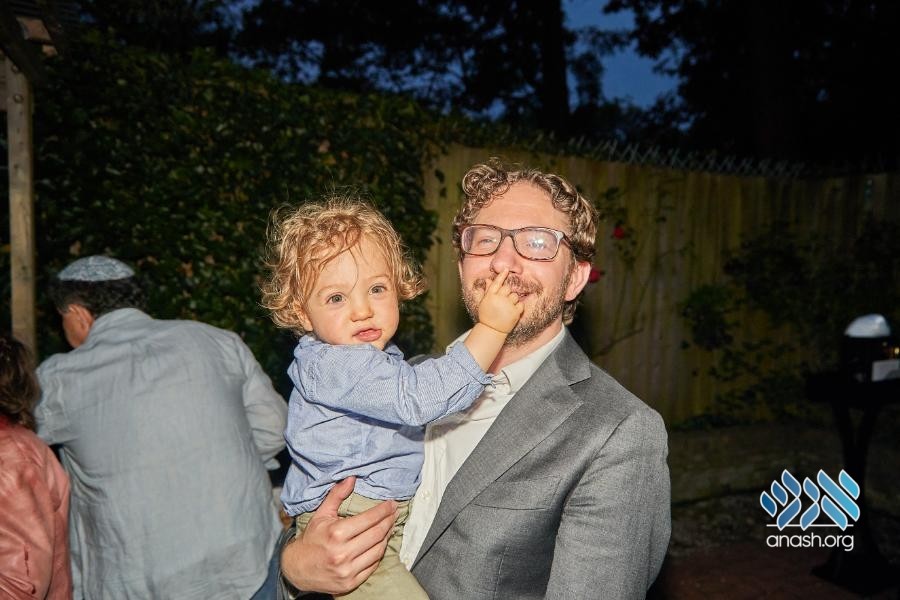
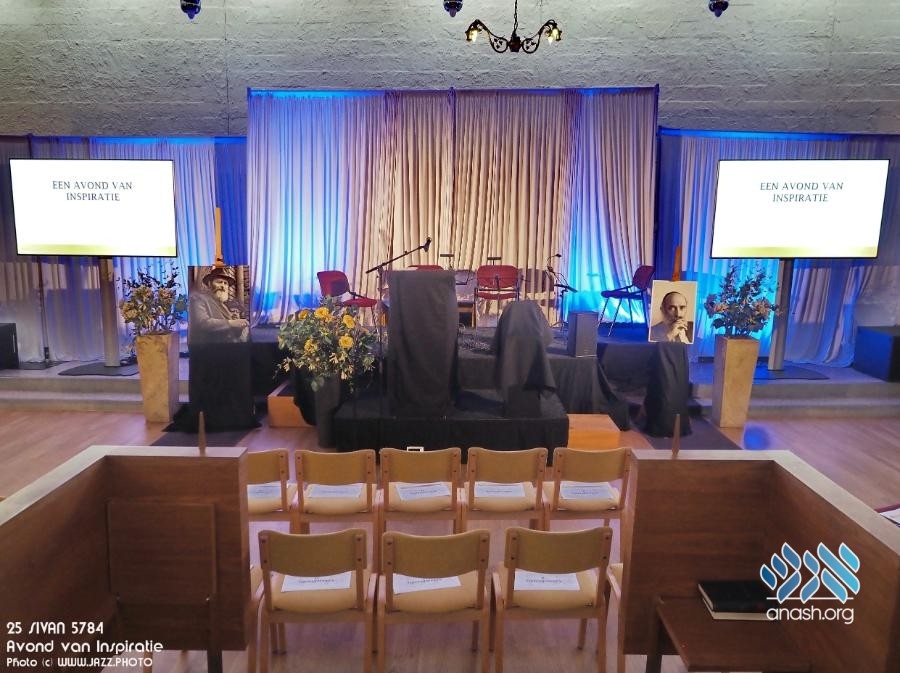

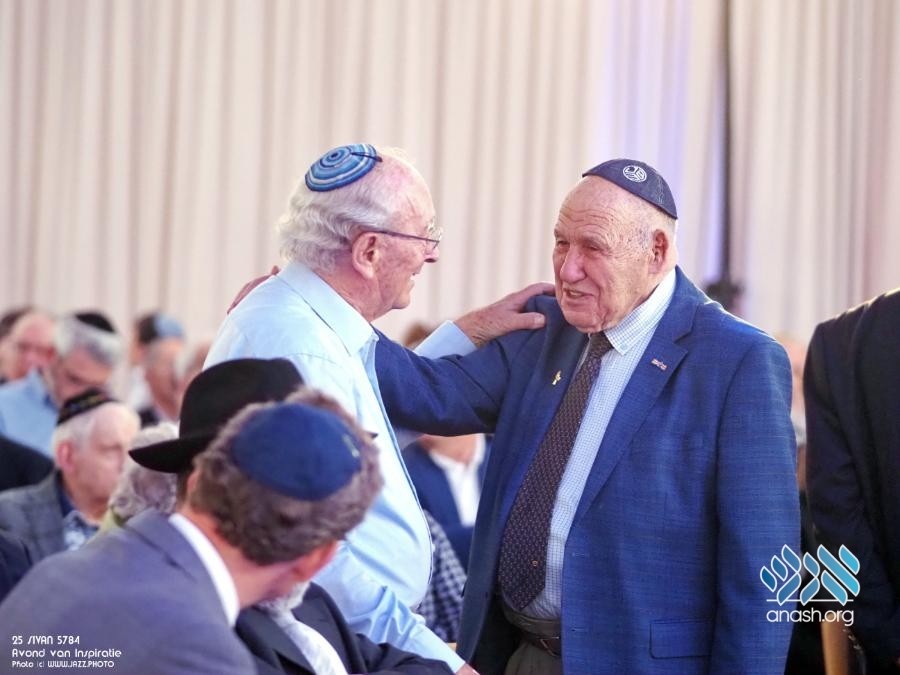
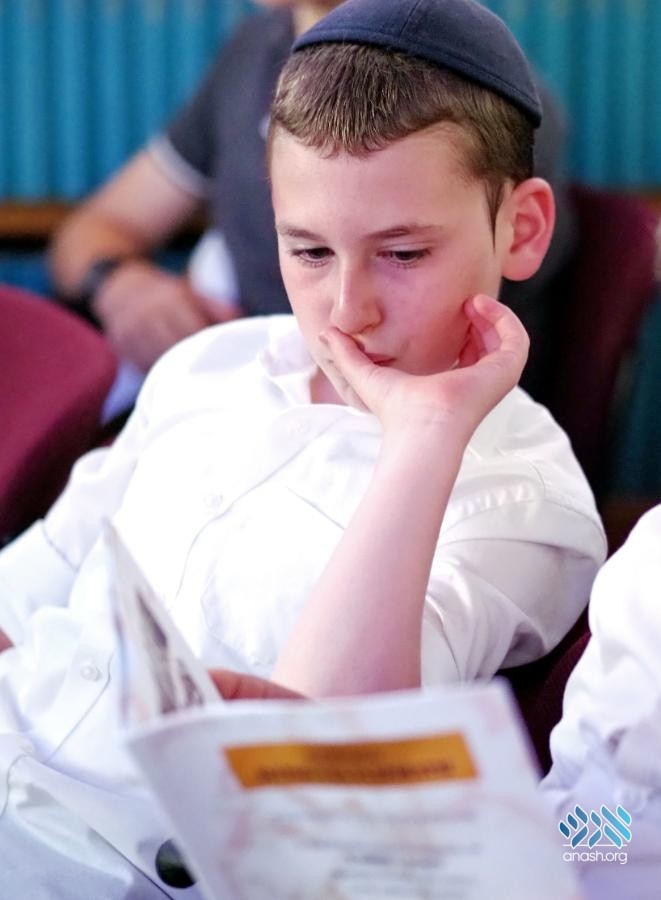
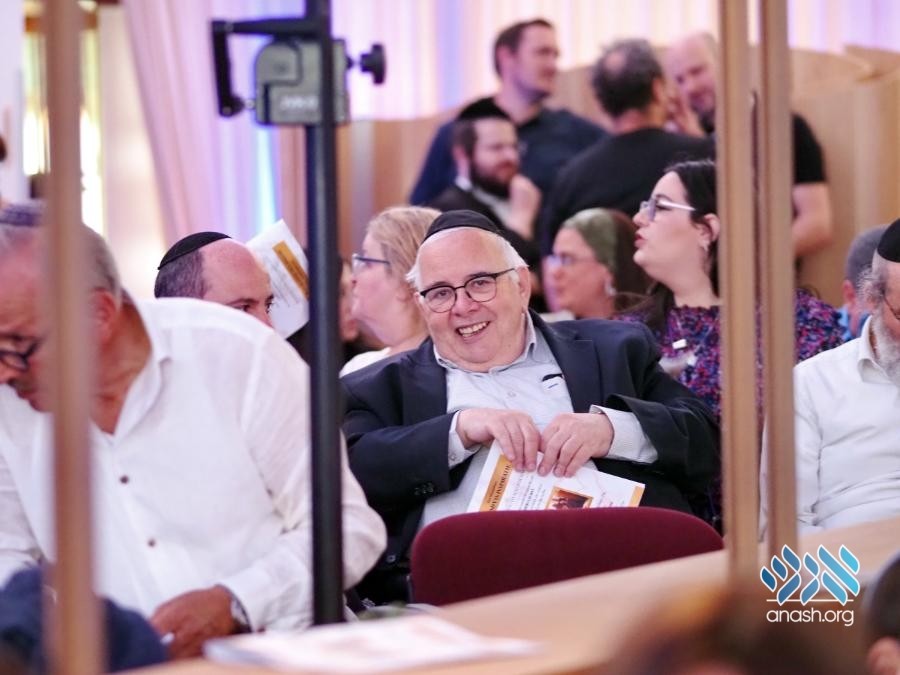
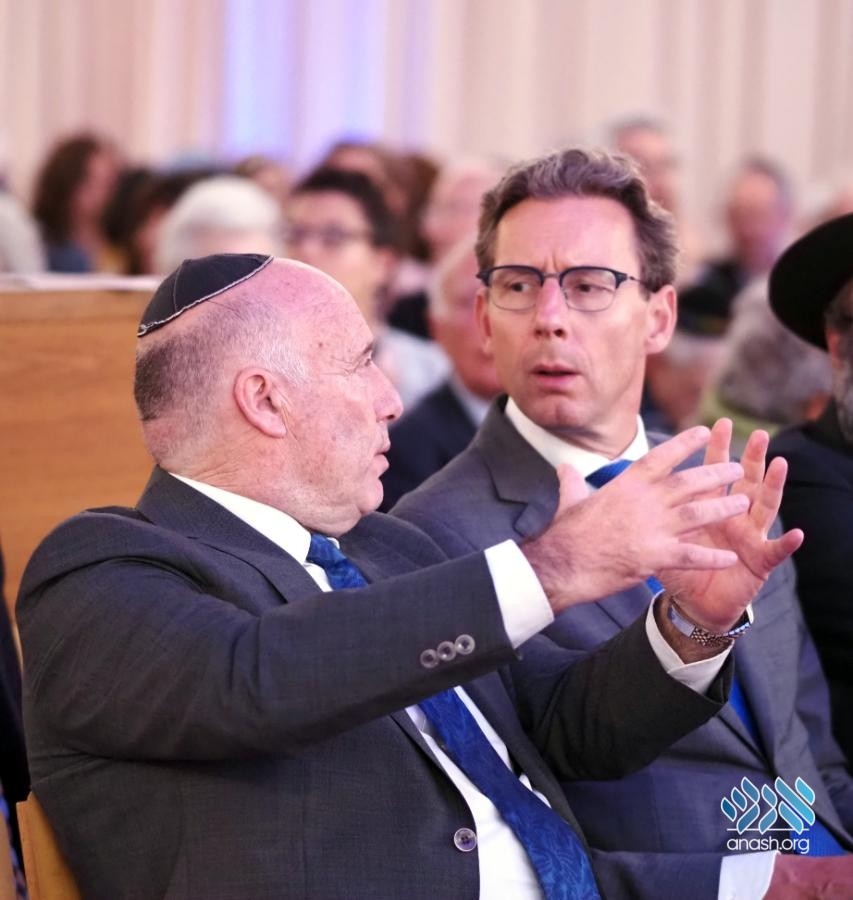

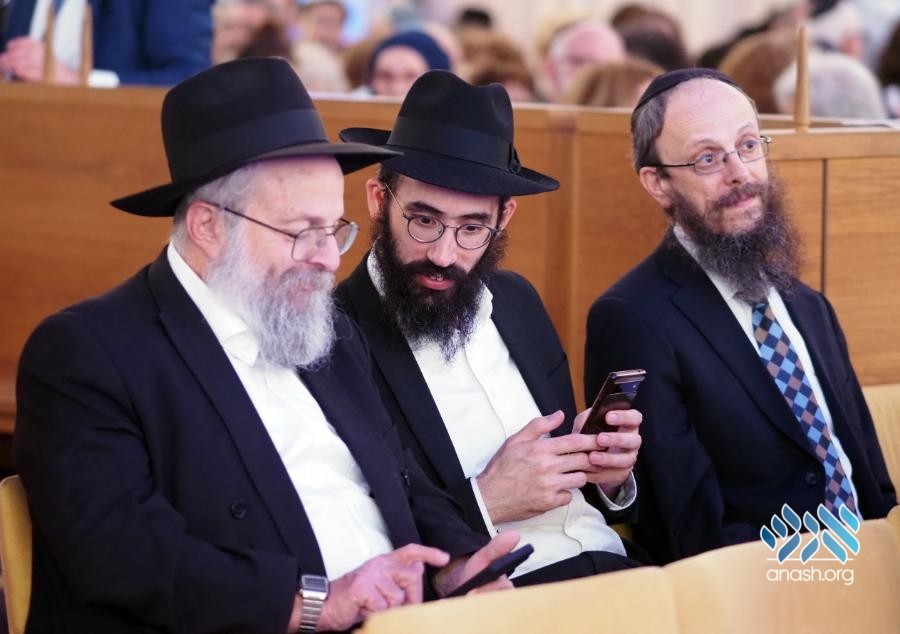
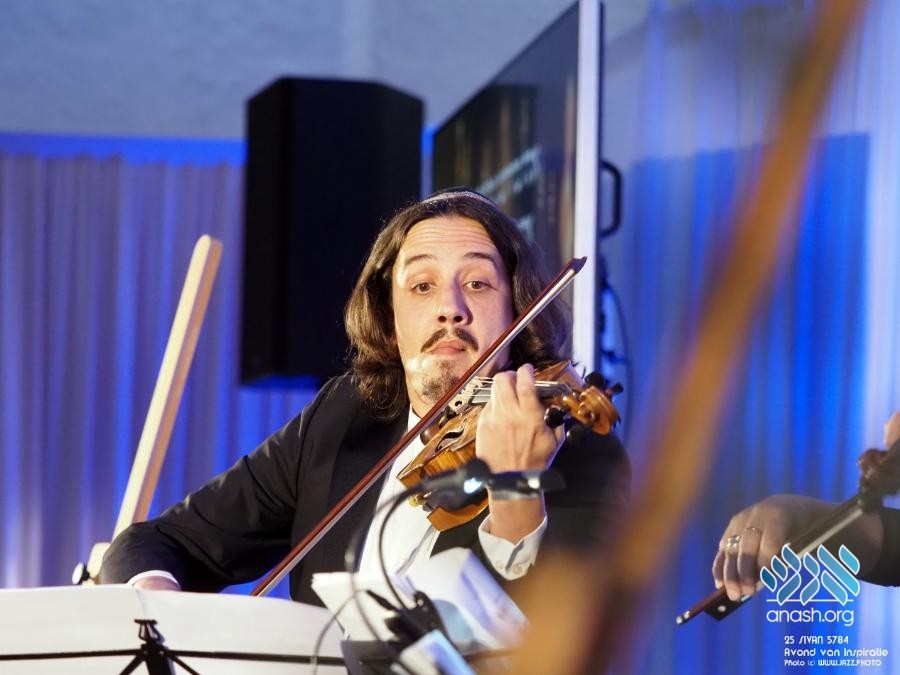
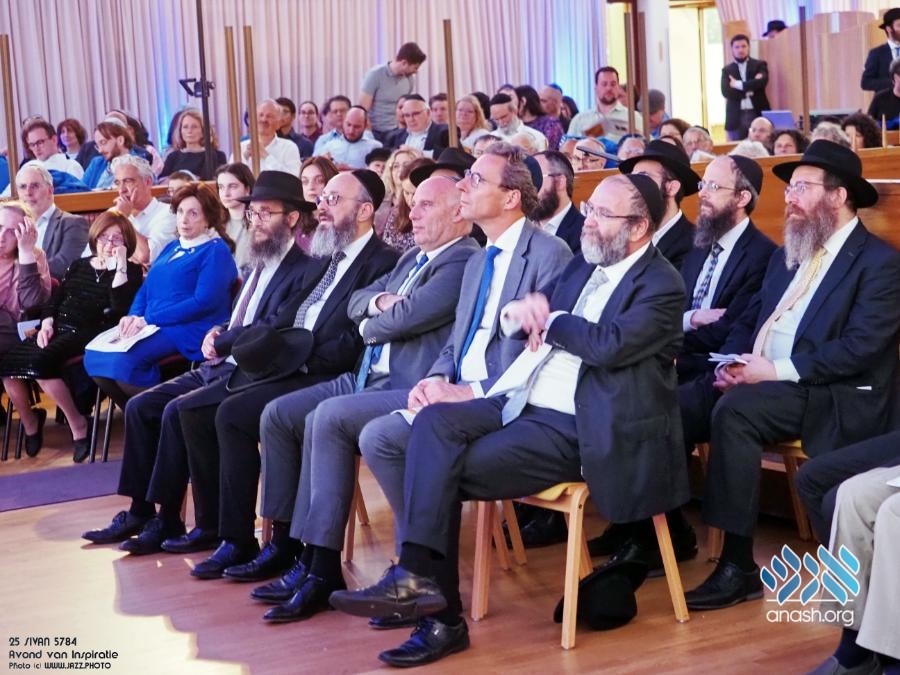
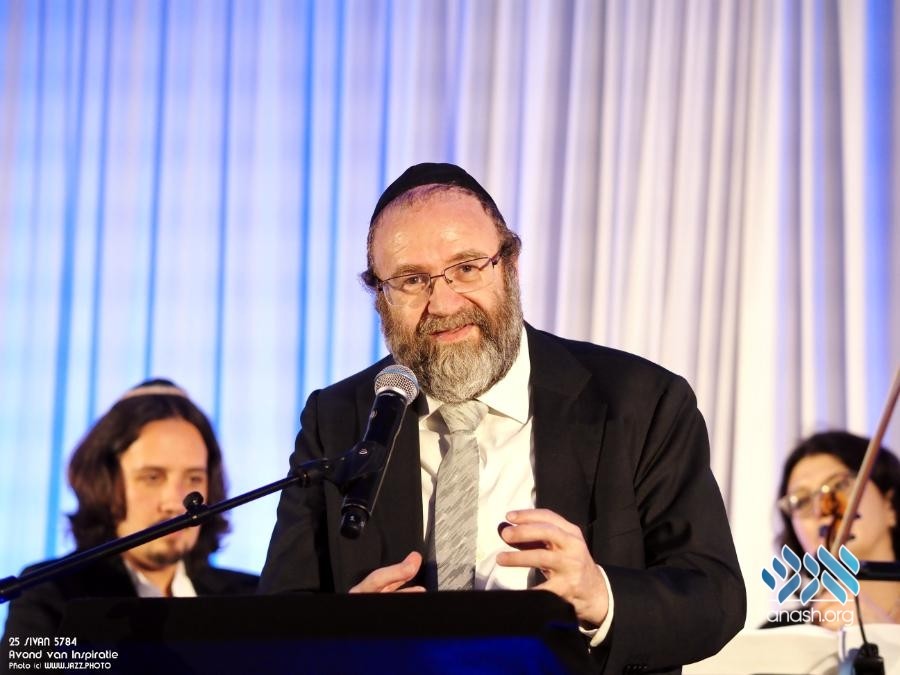
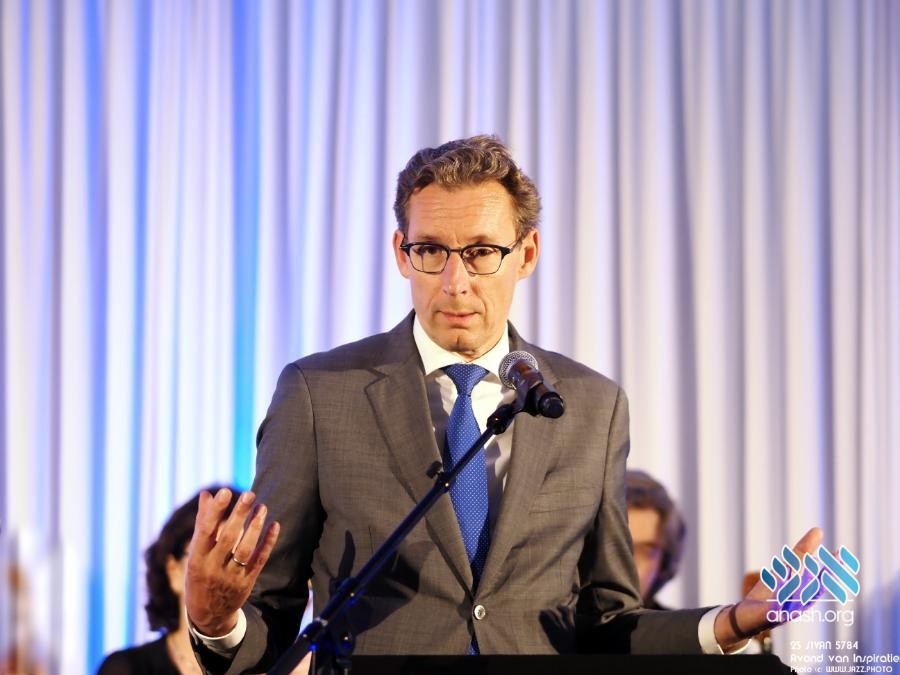
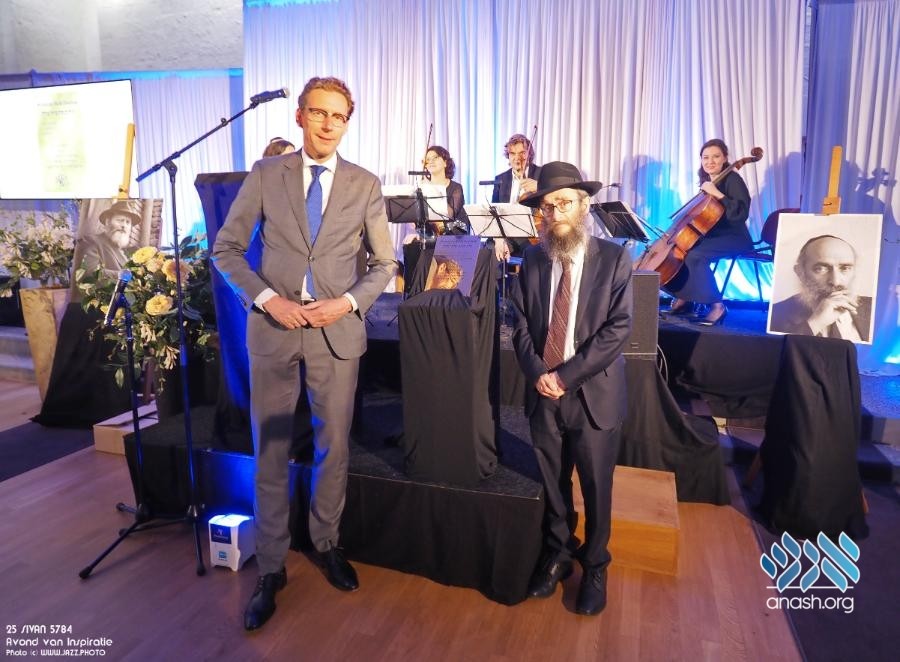
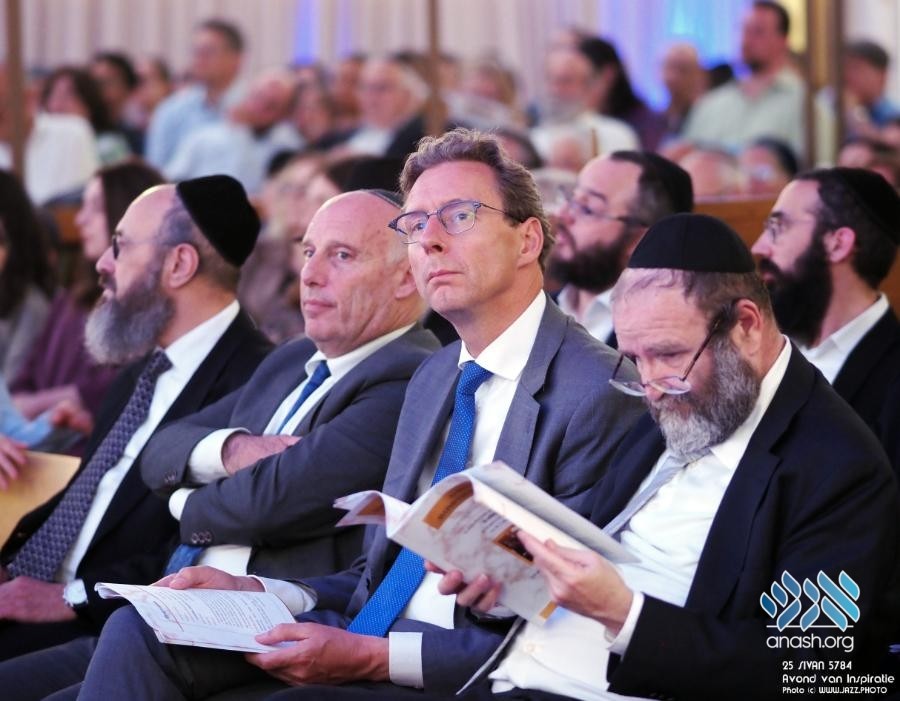
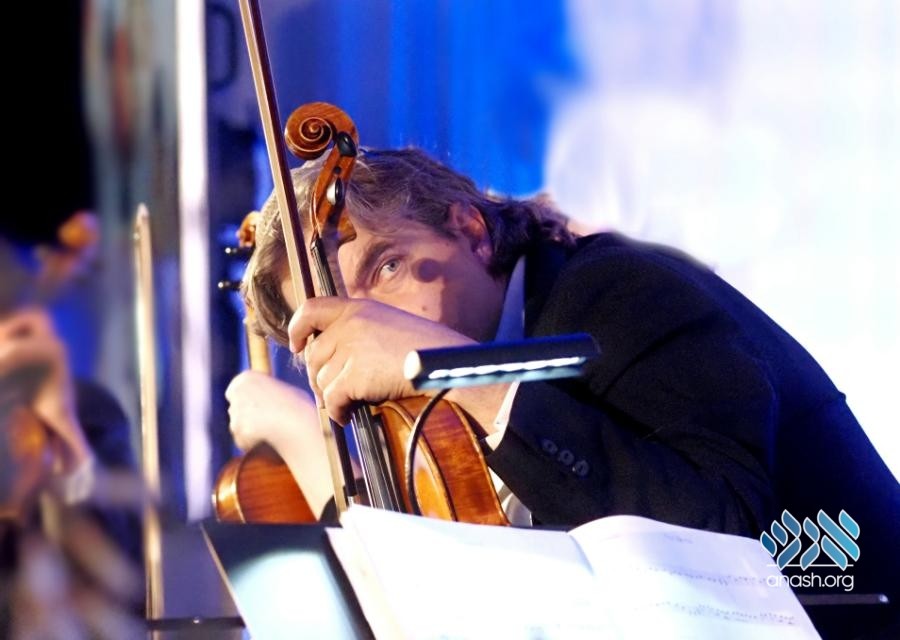
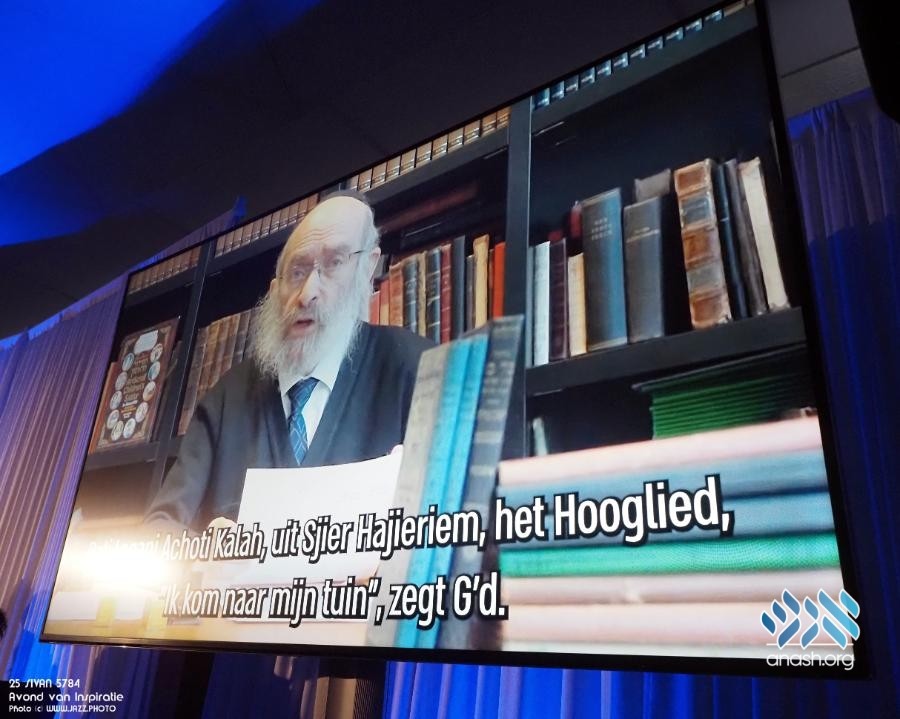
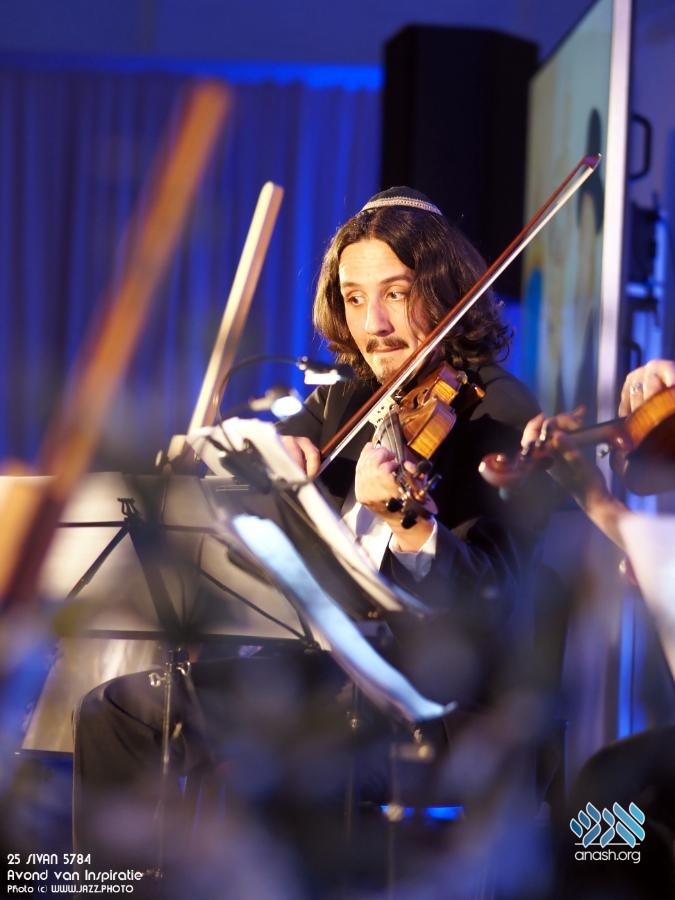
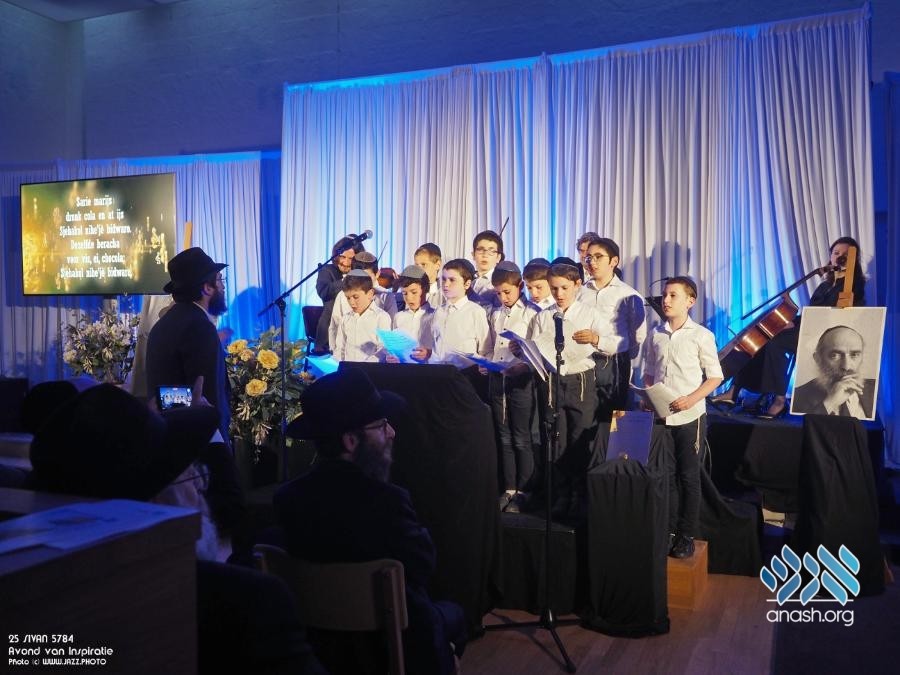
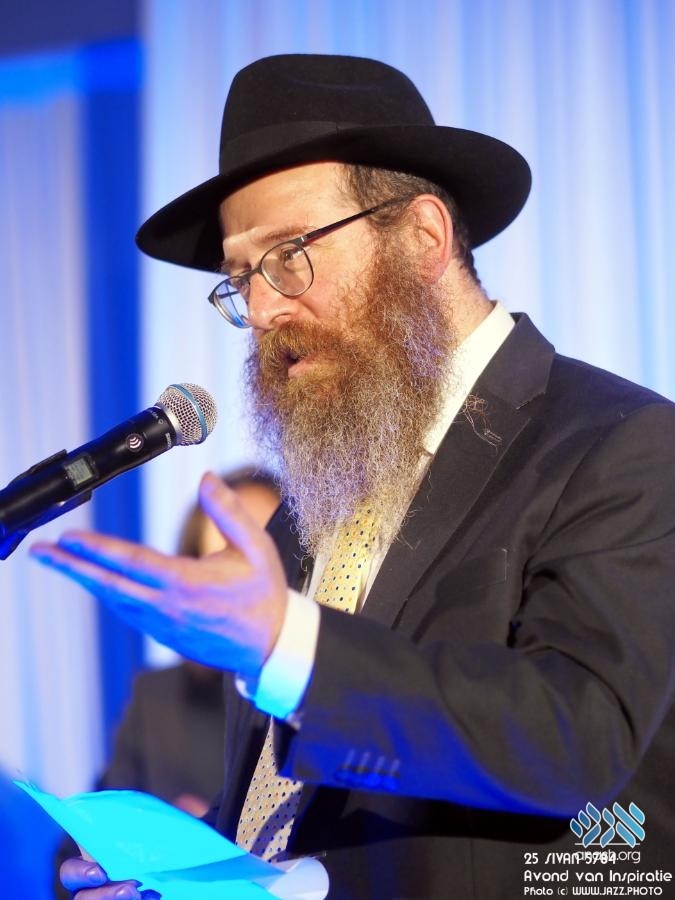
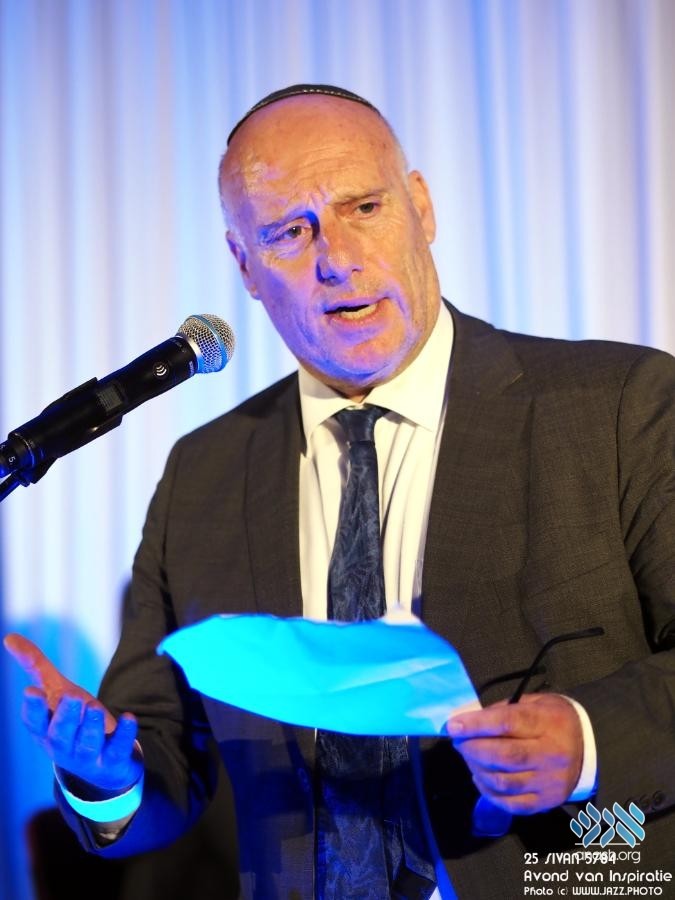

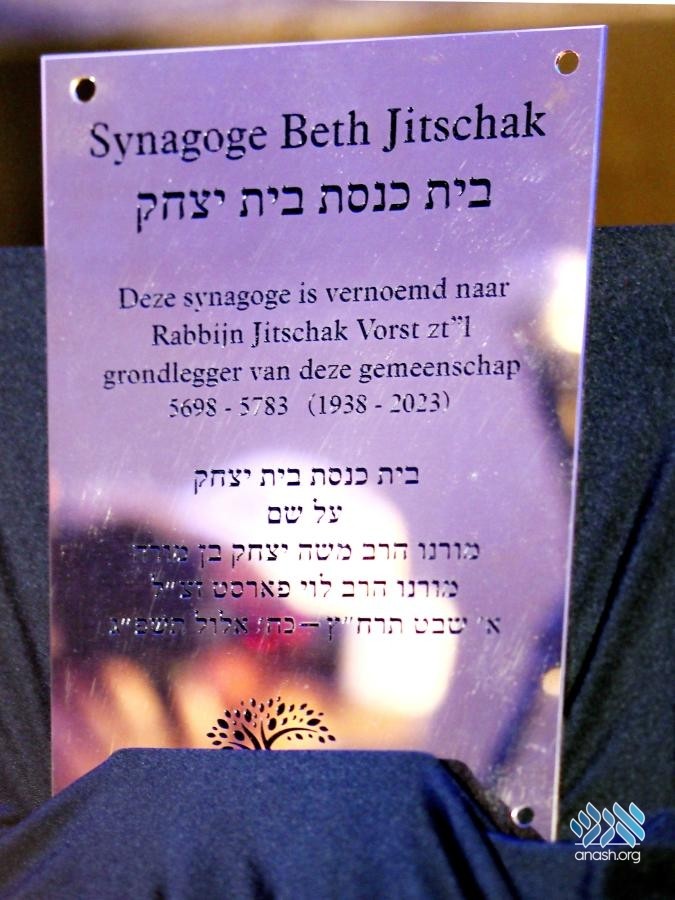
We appreciate your feedback. If you have any additional information to contribute to this article, it will be added below.